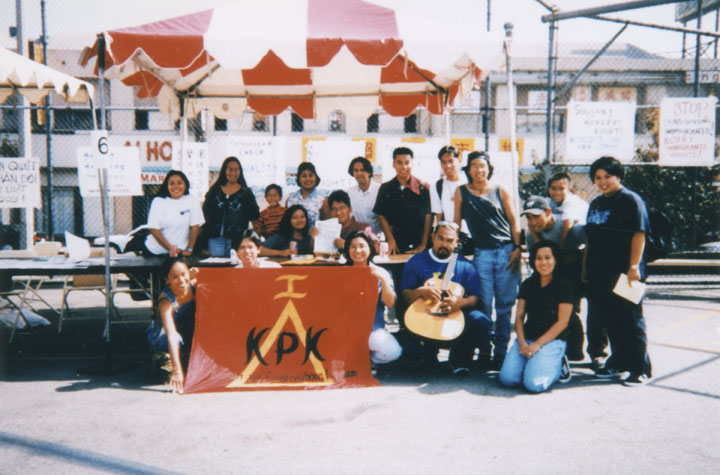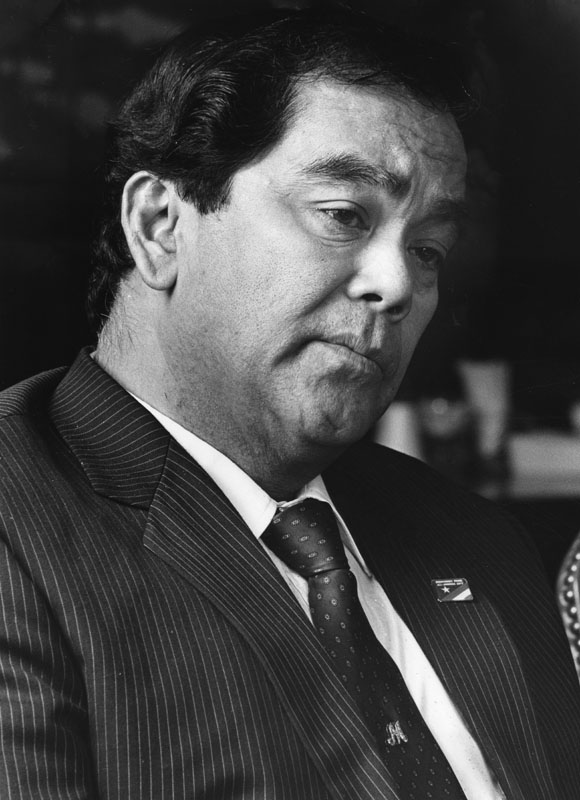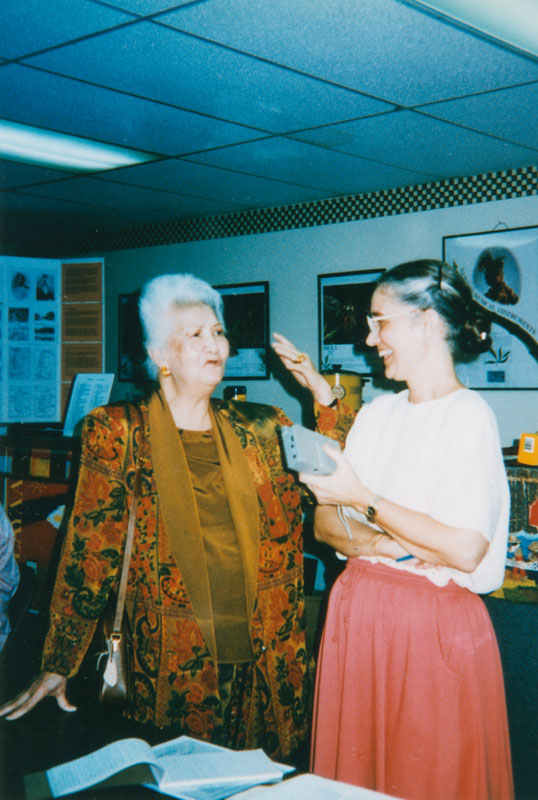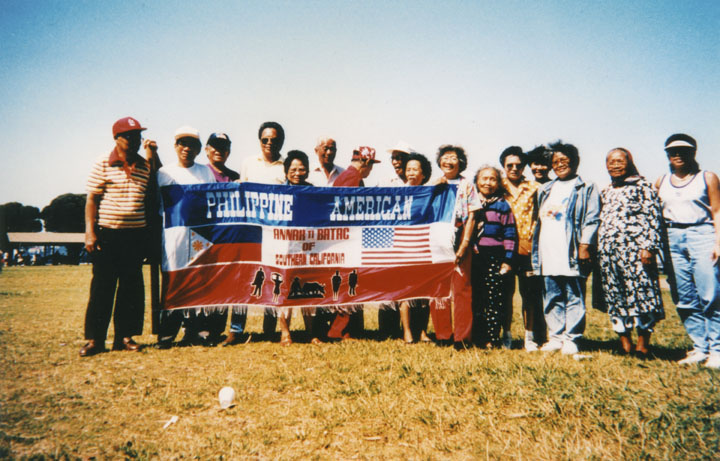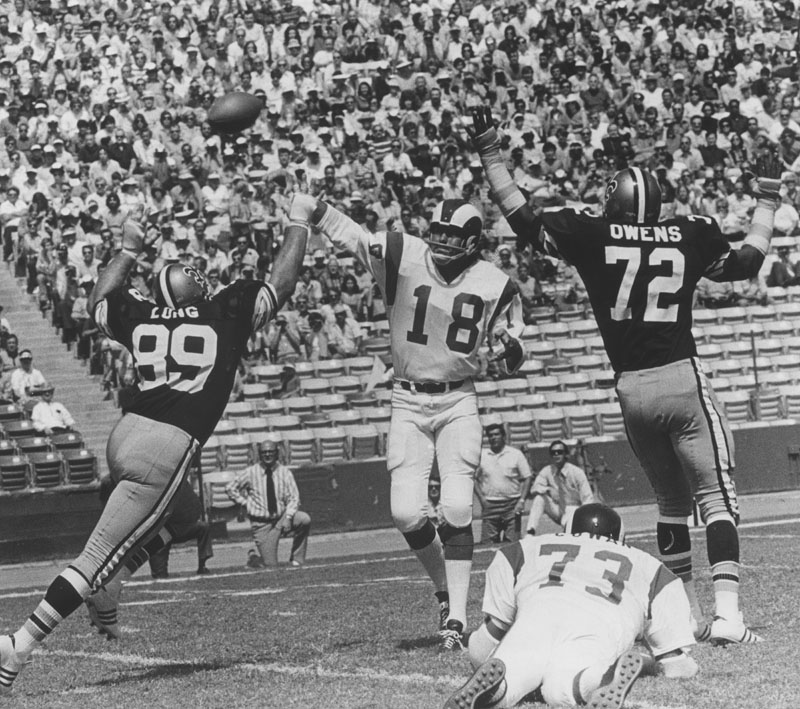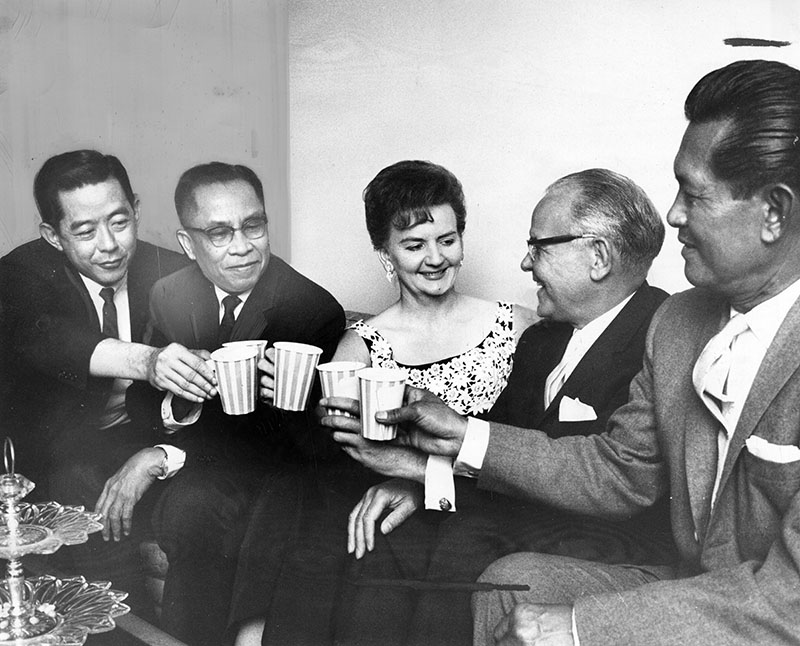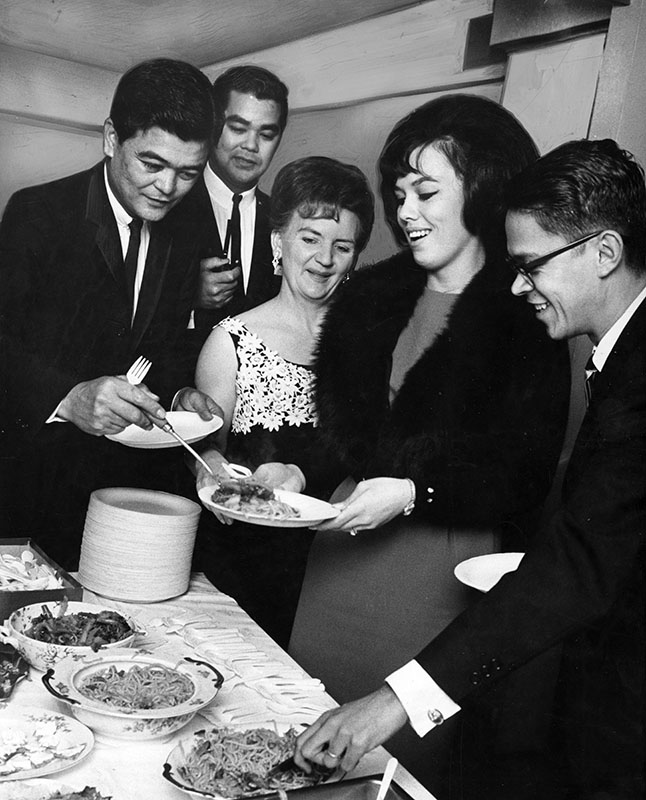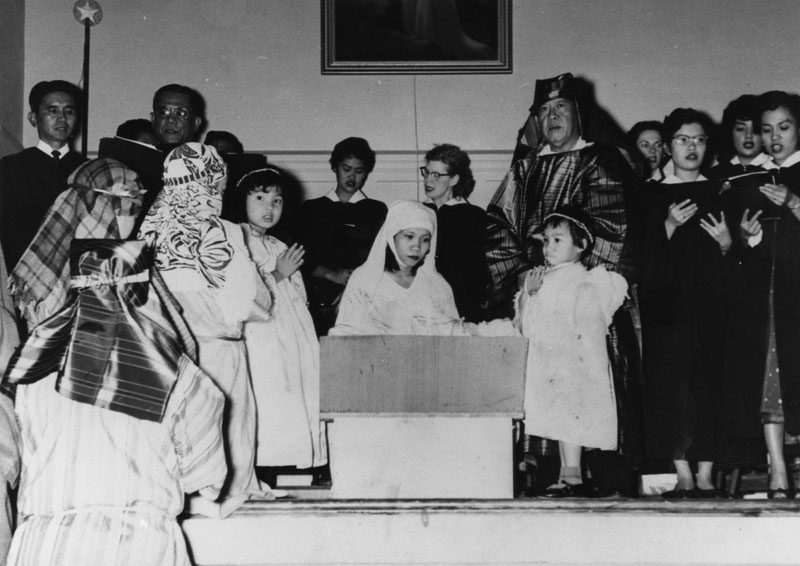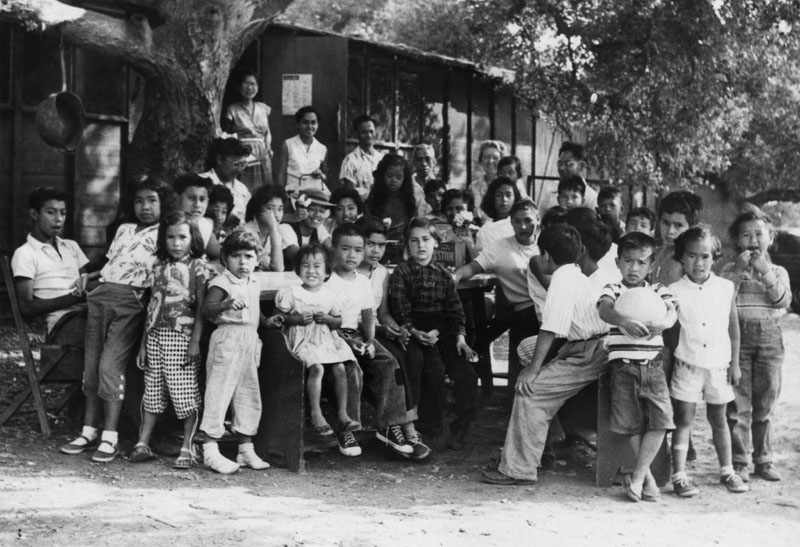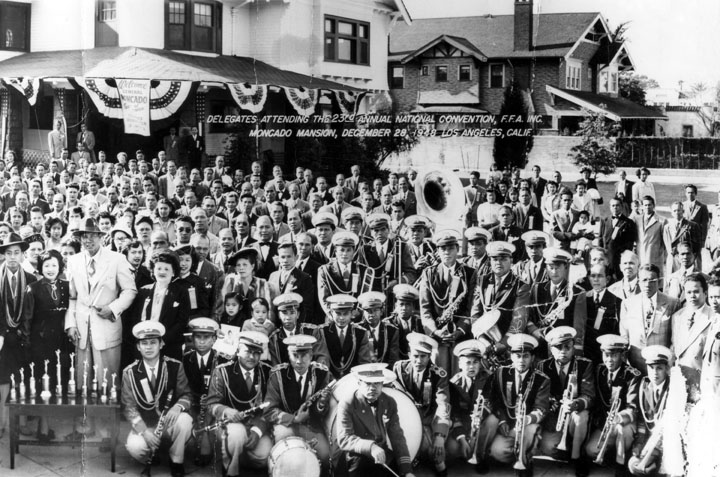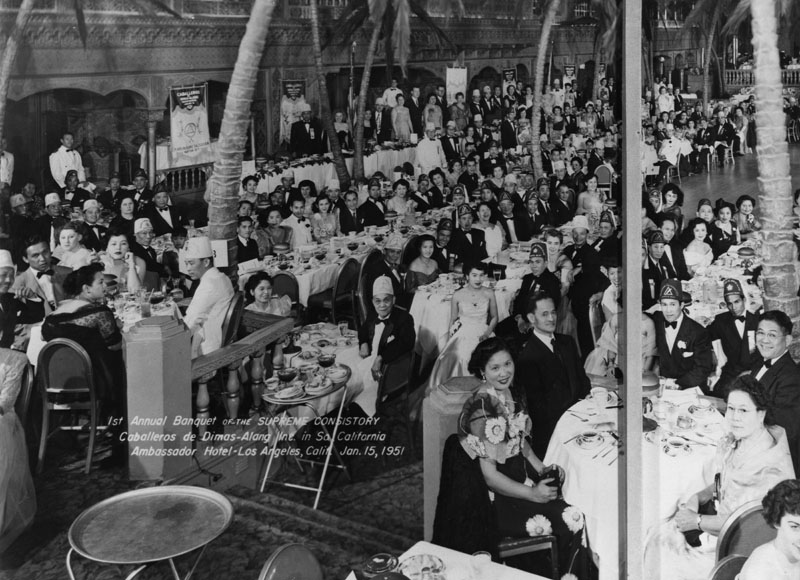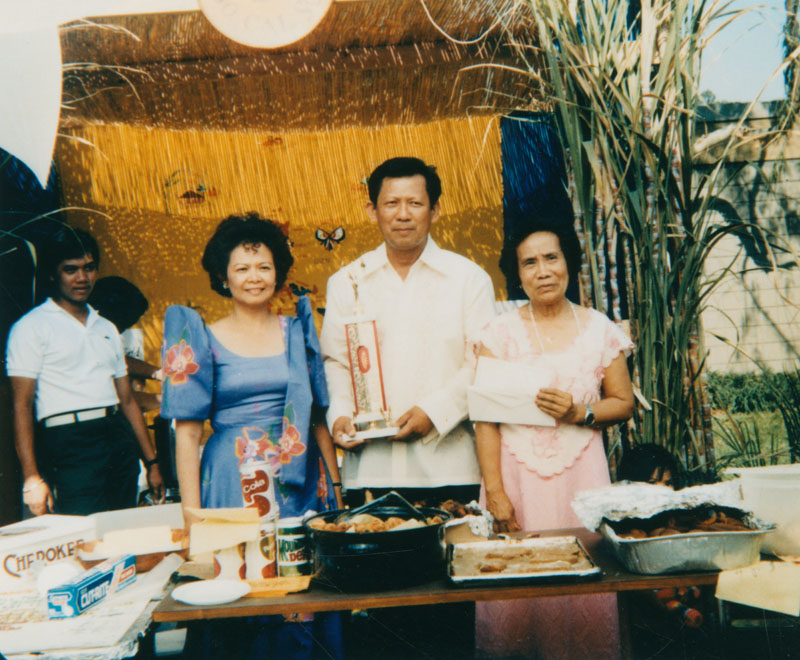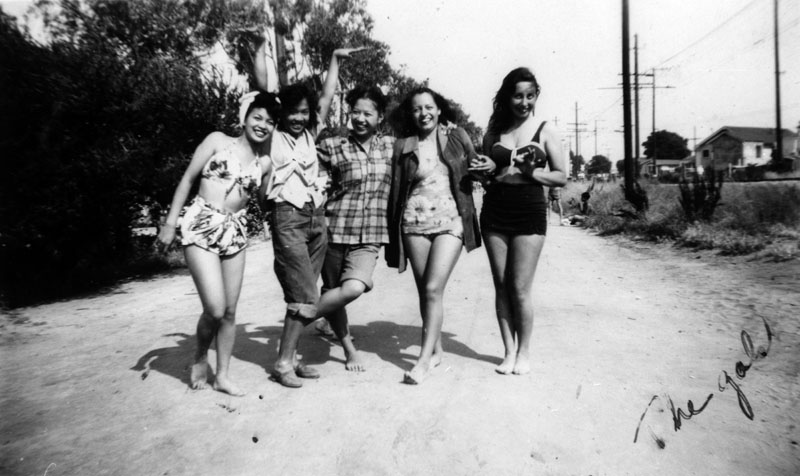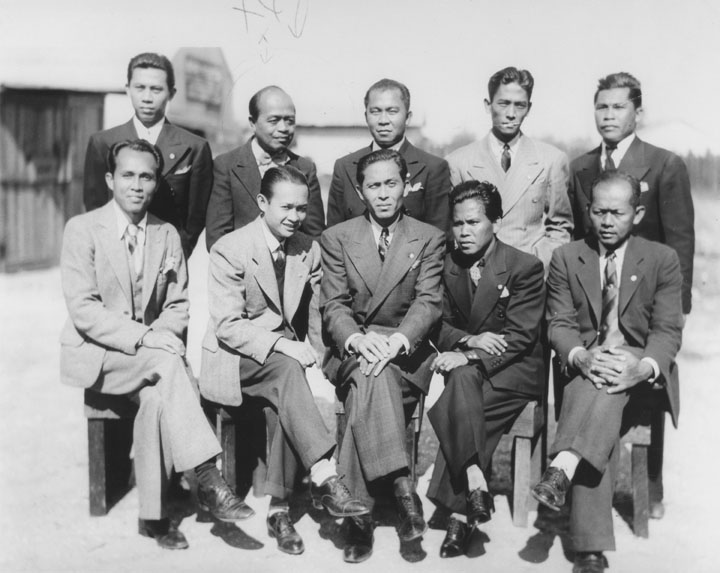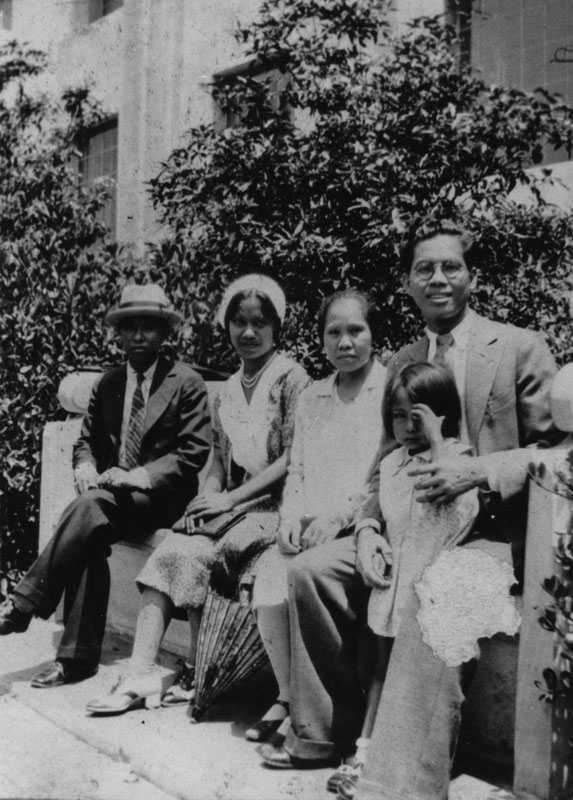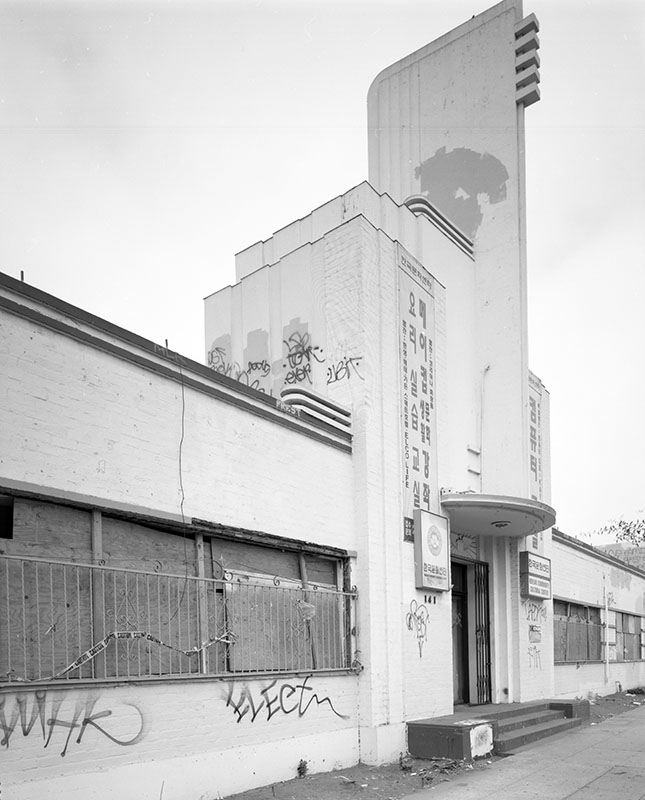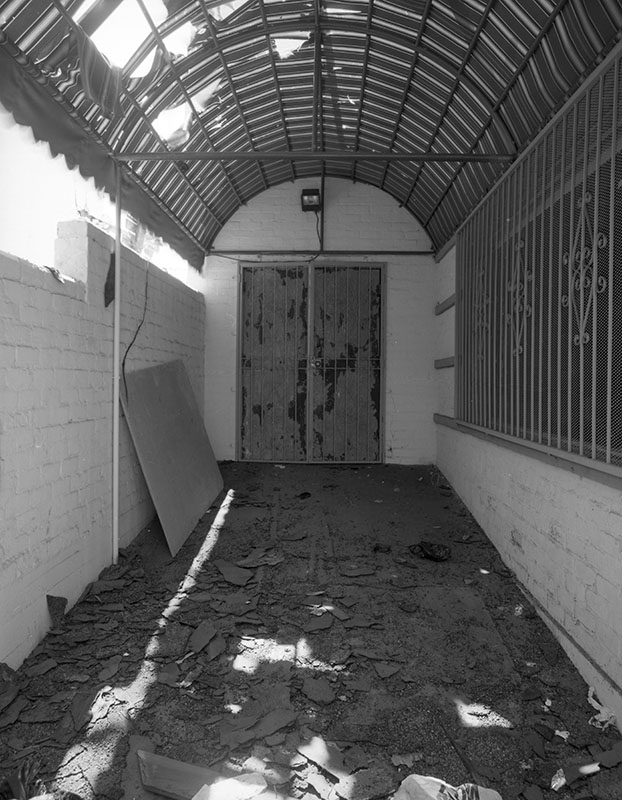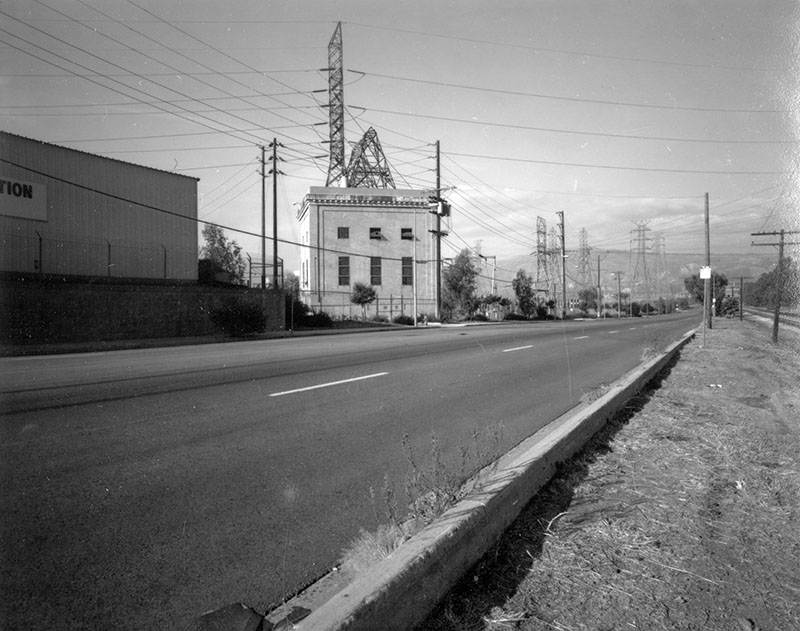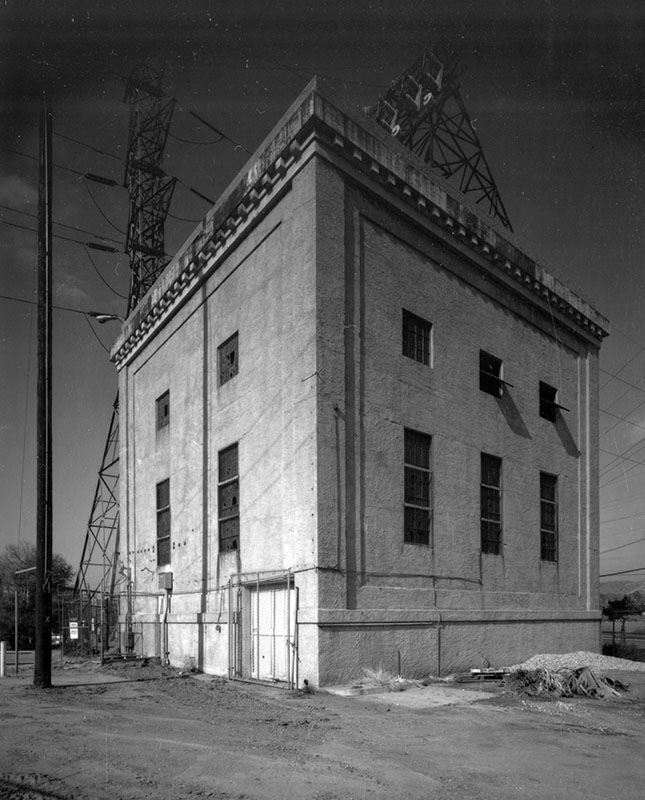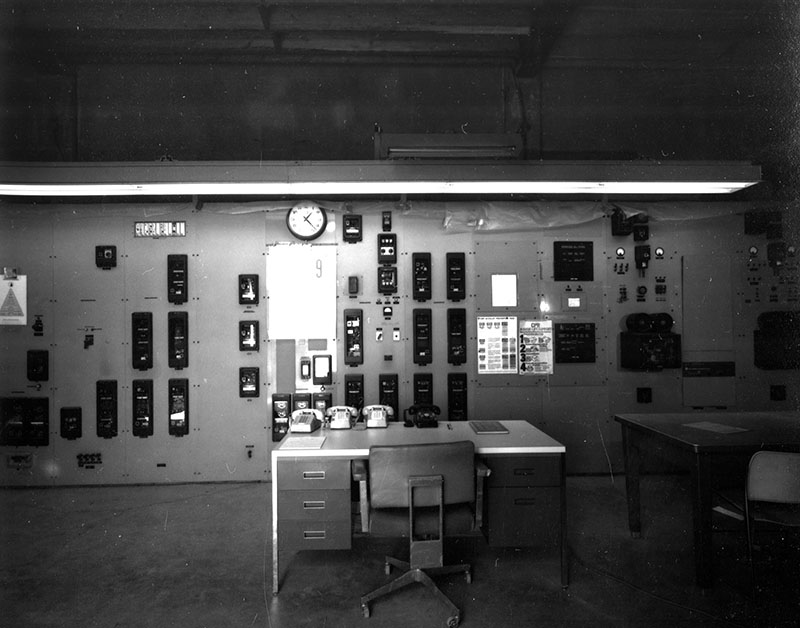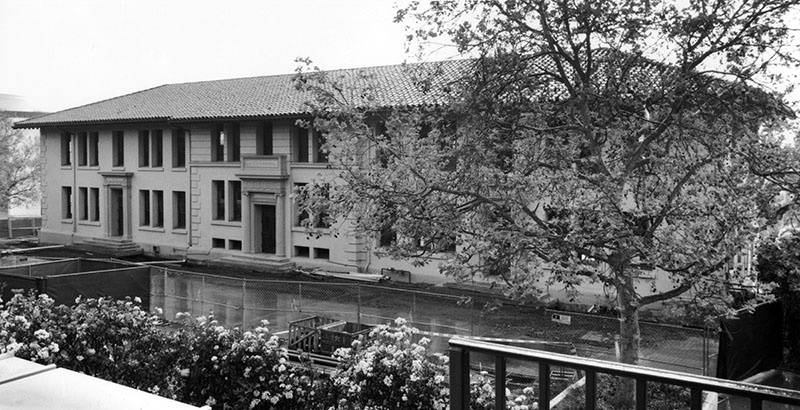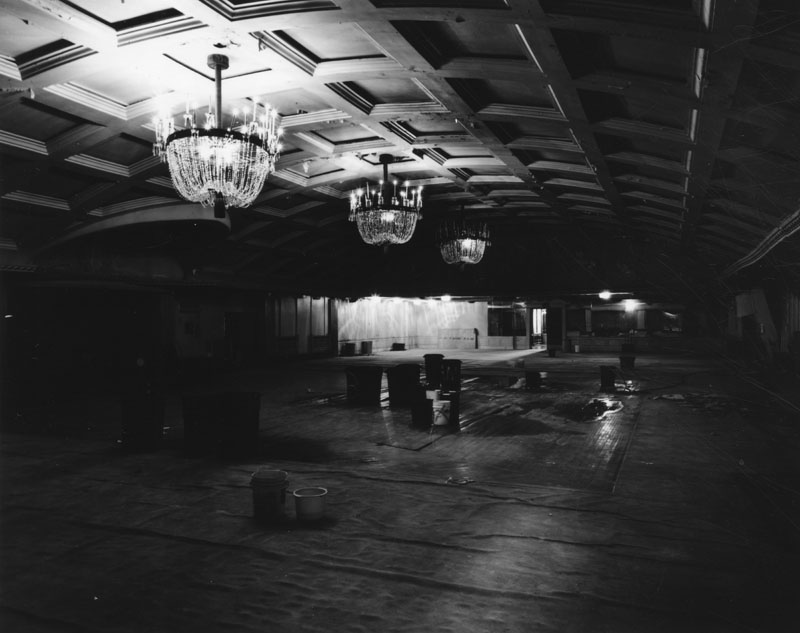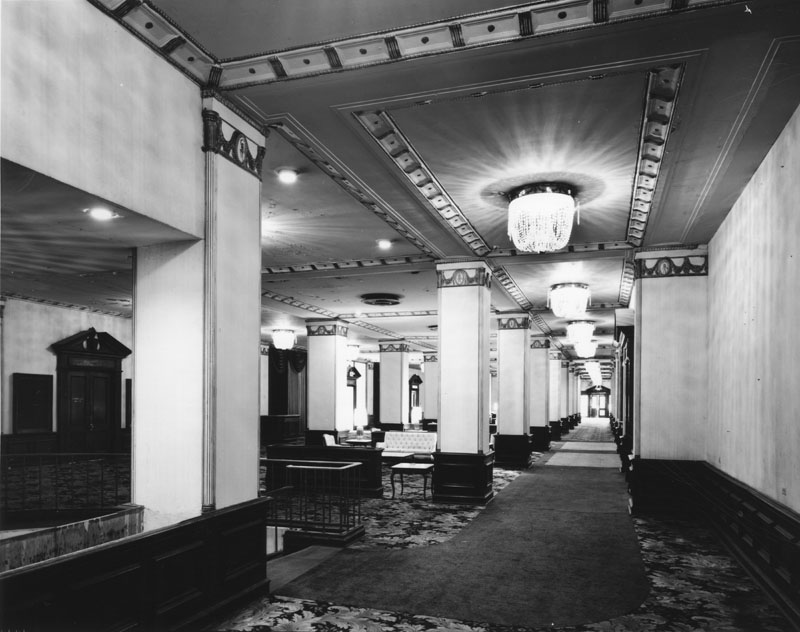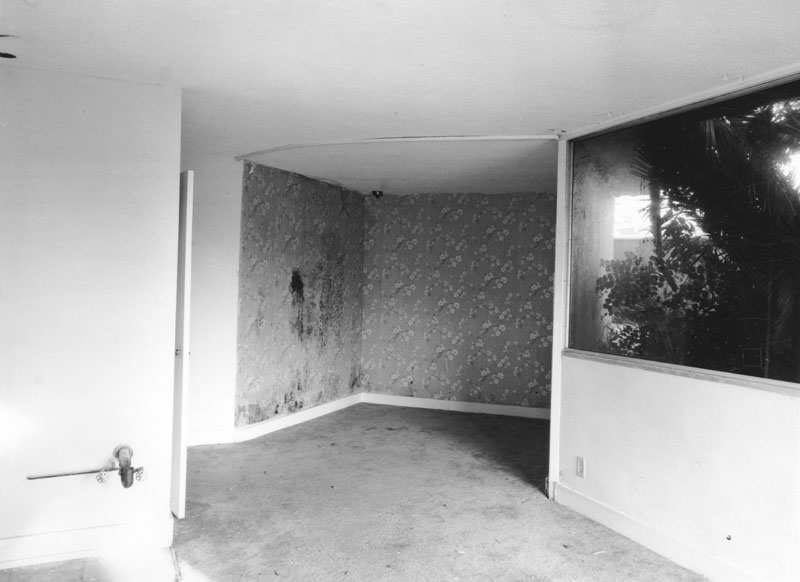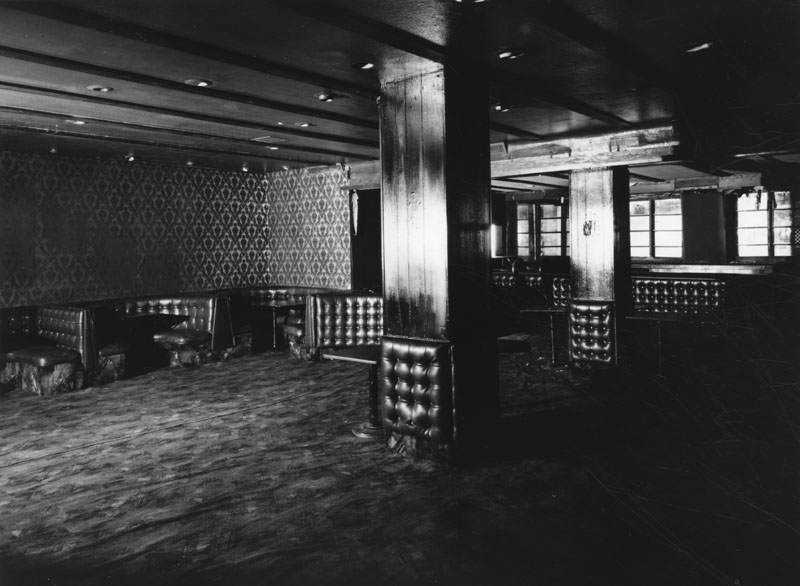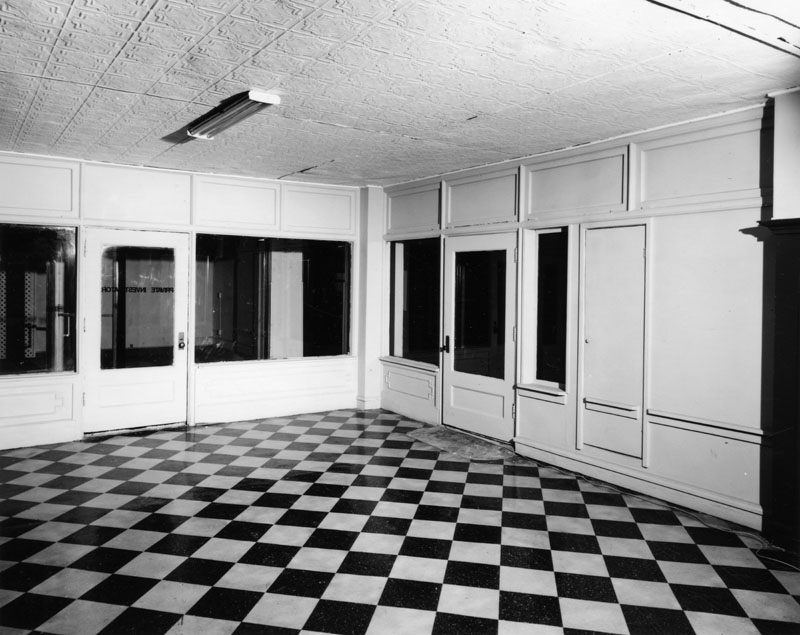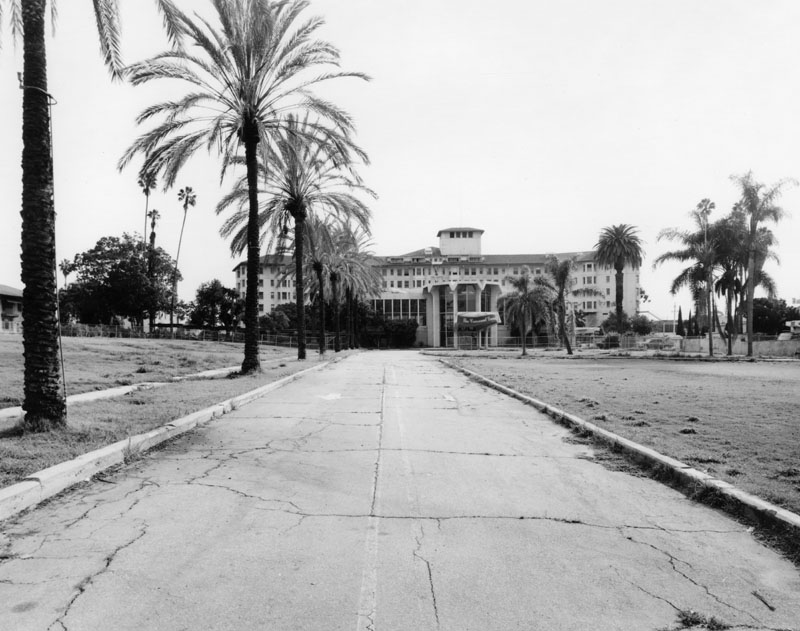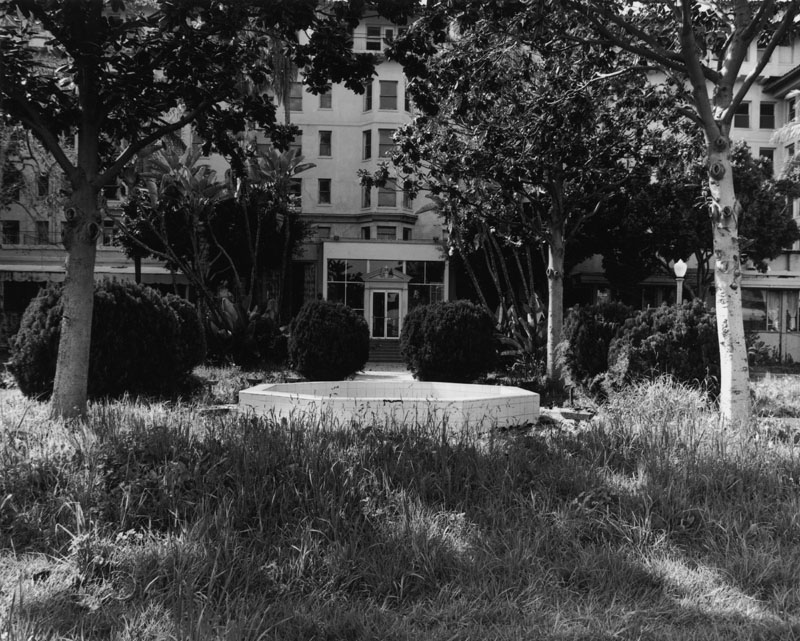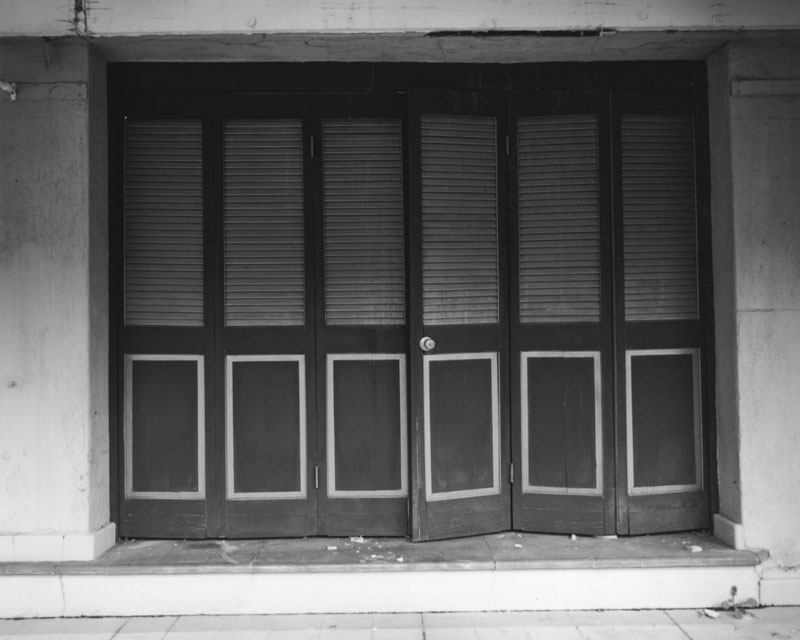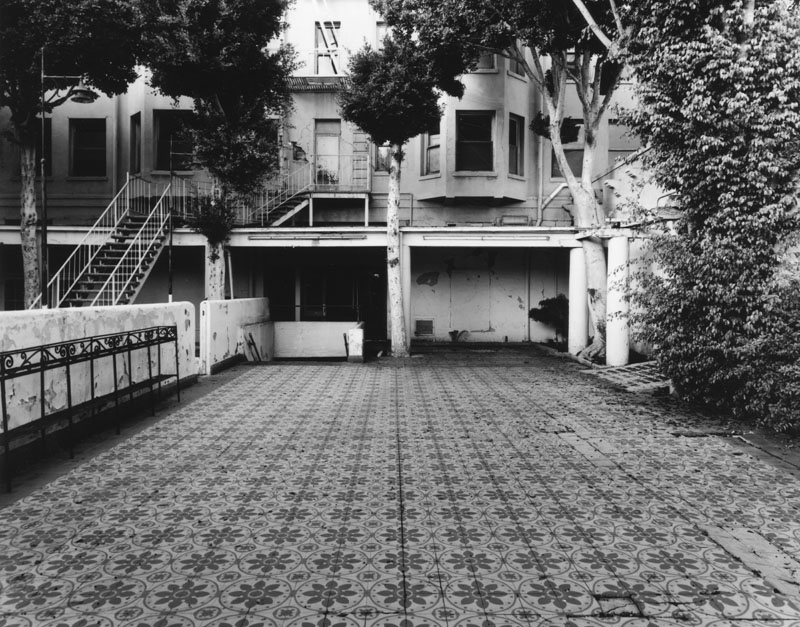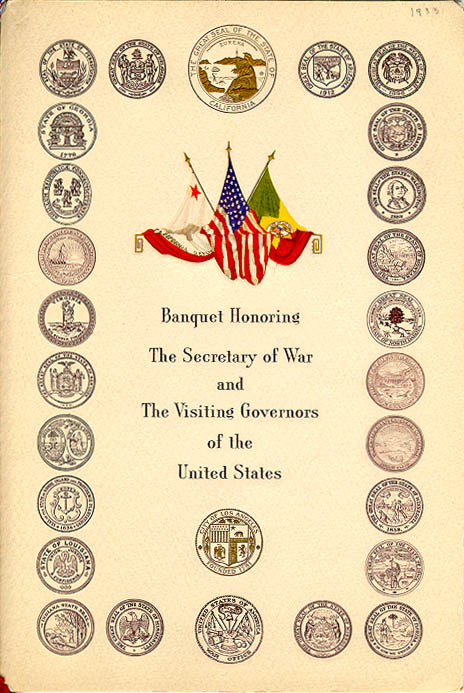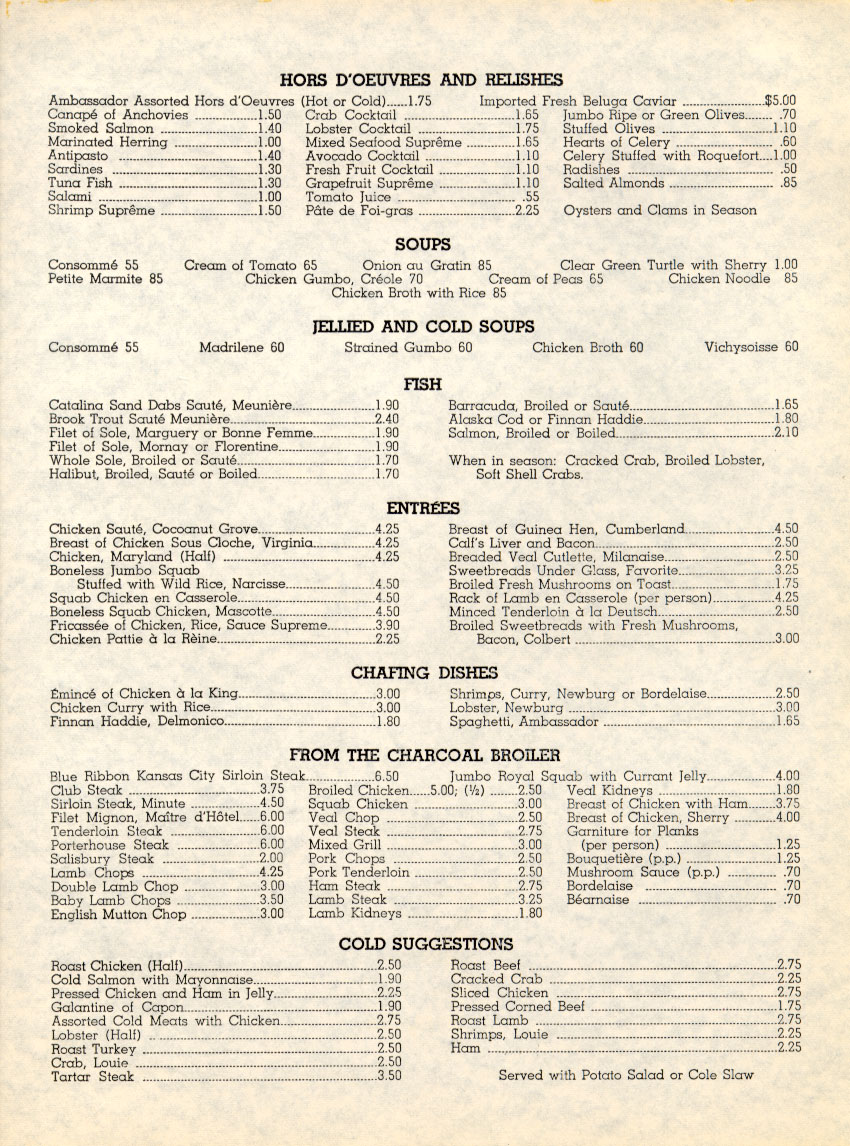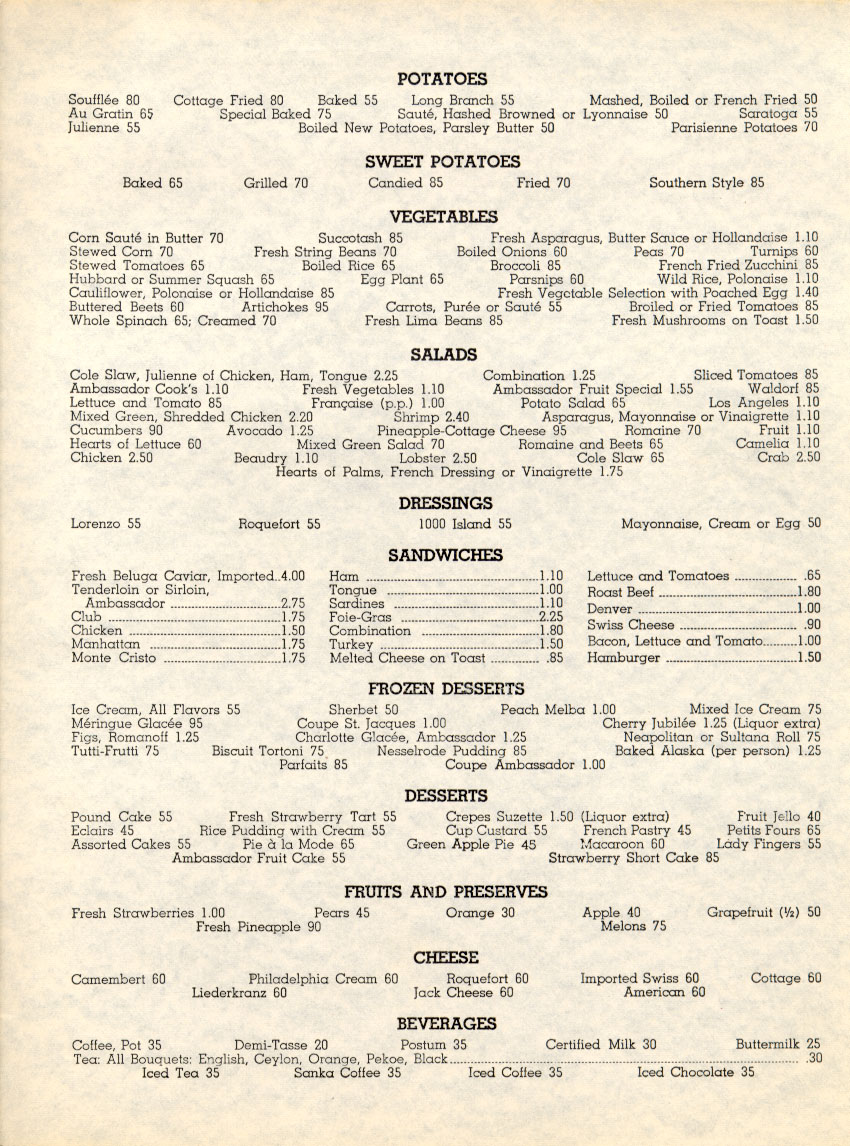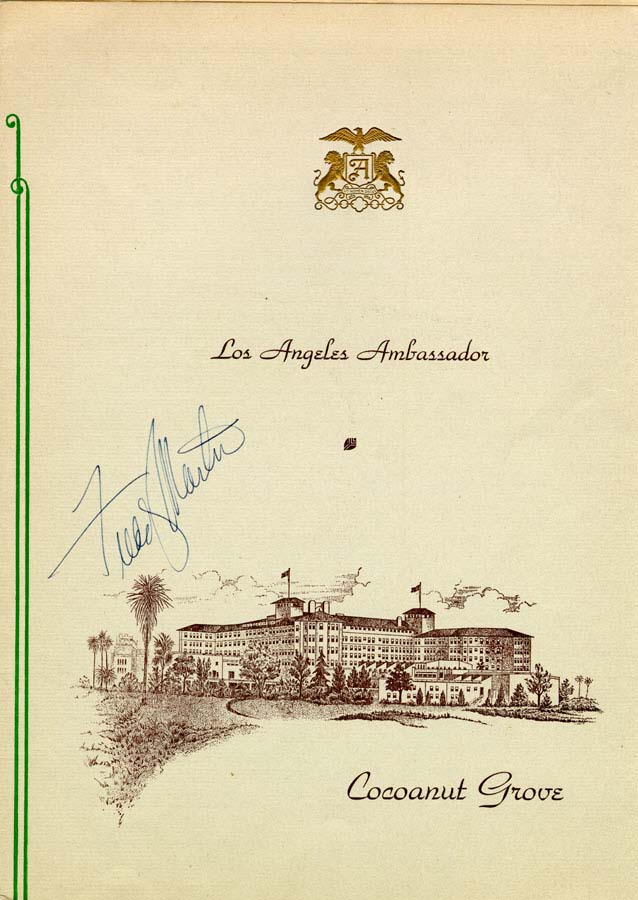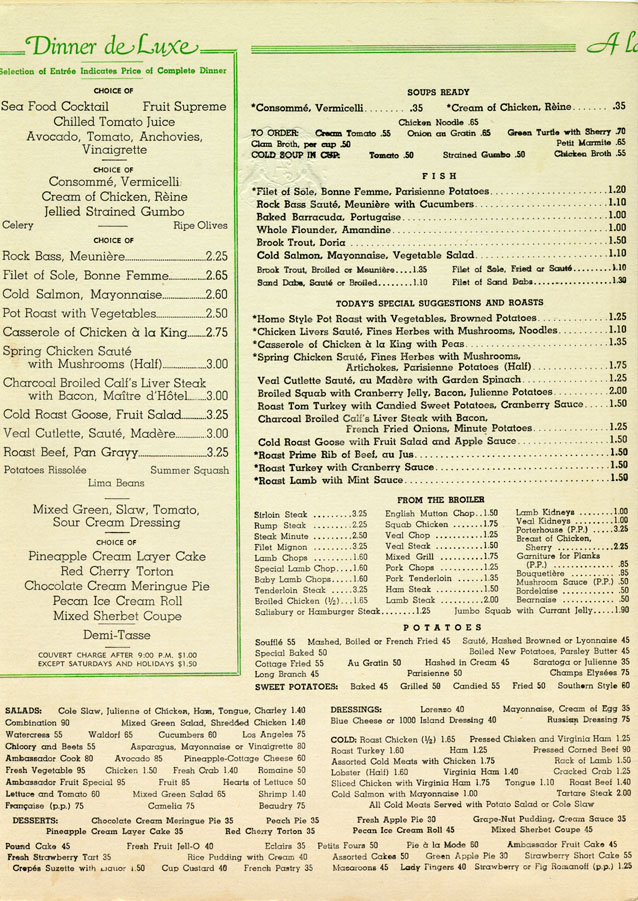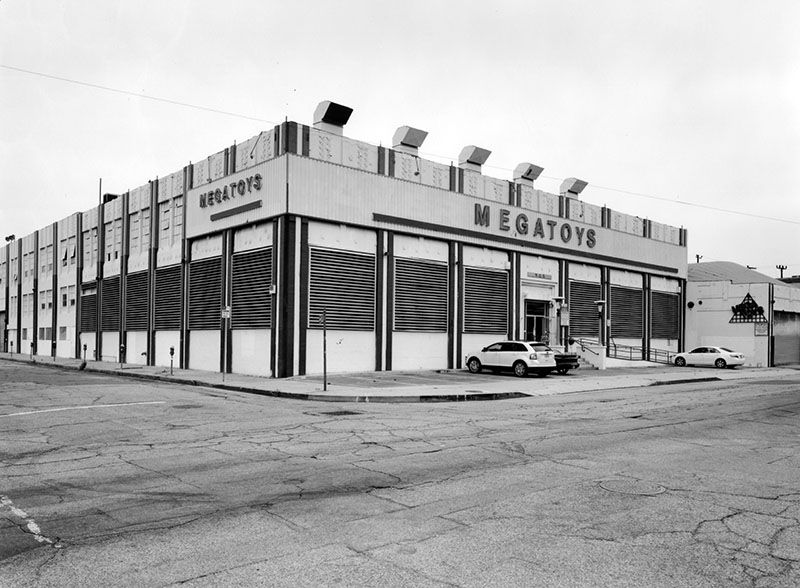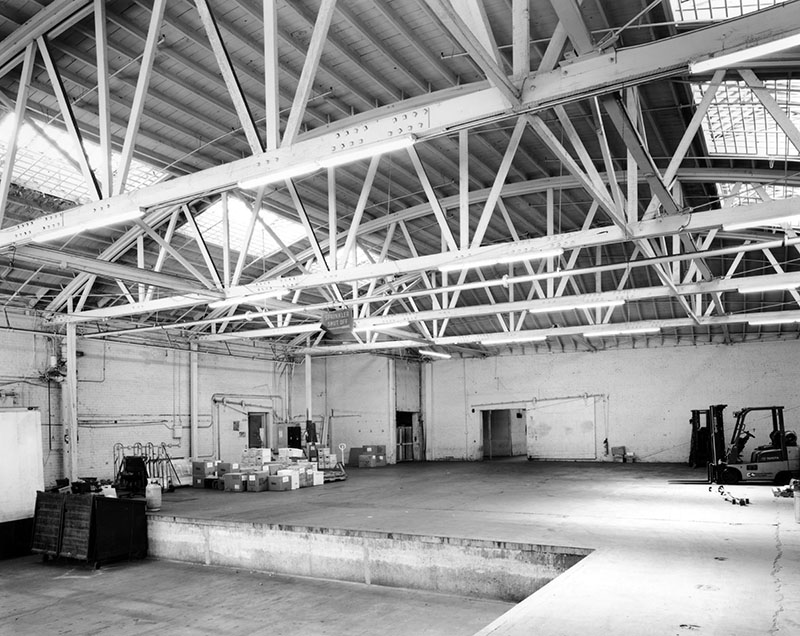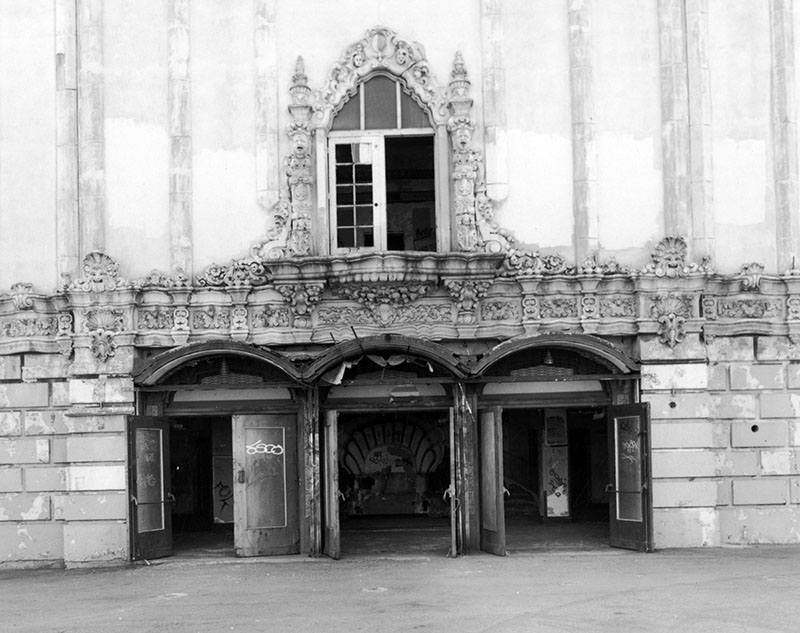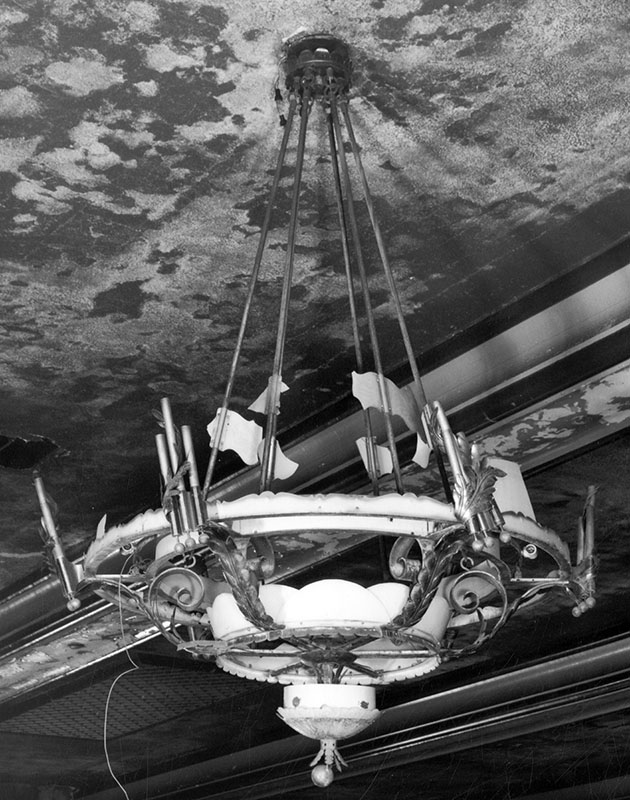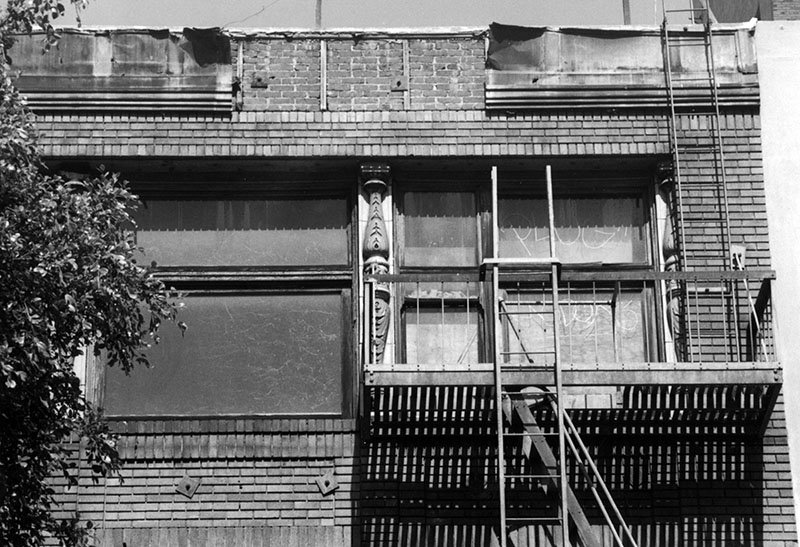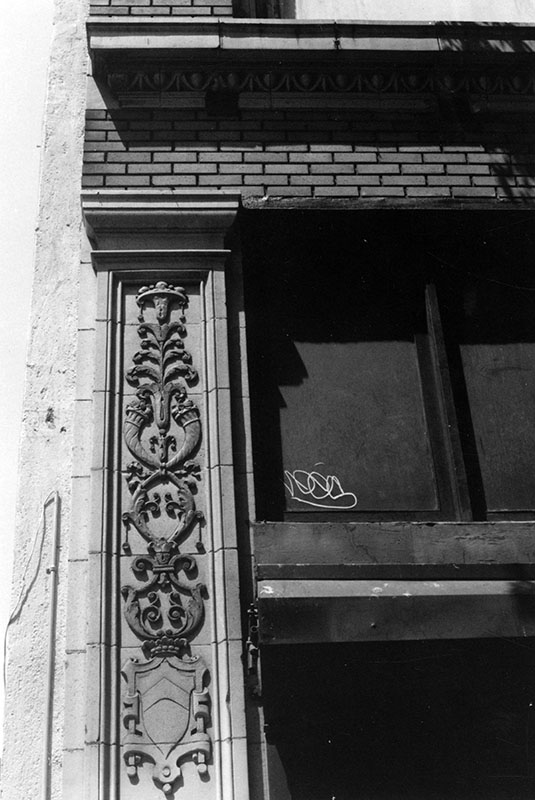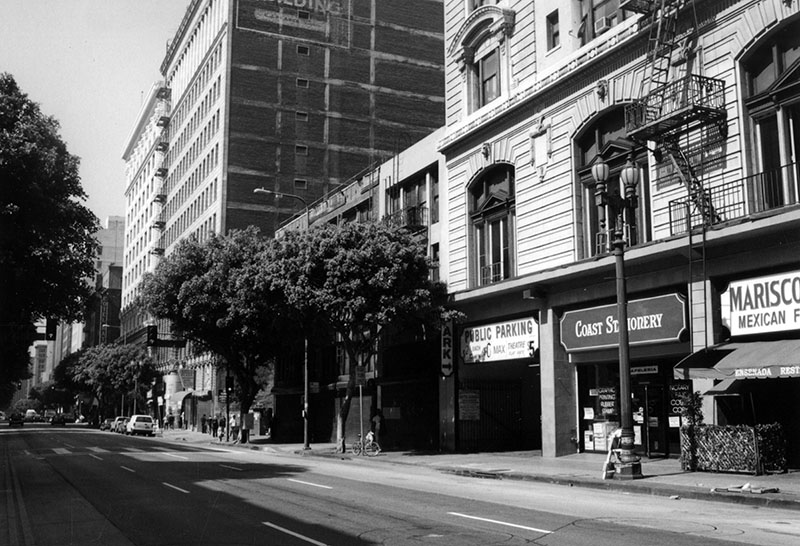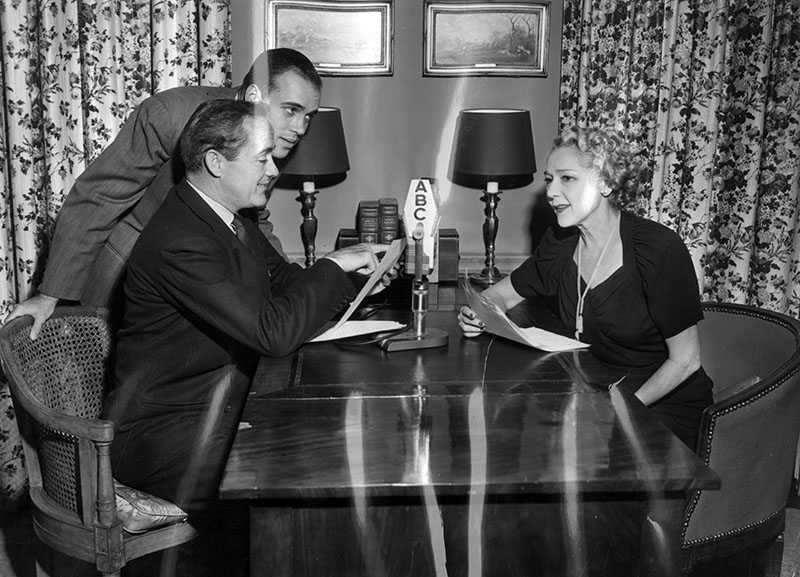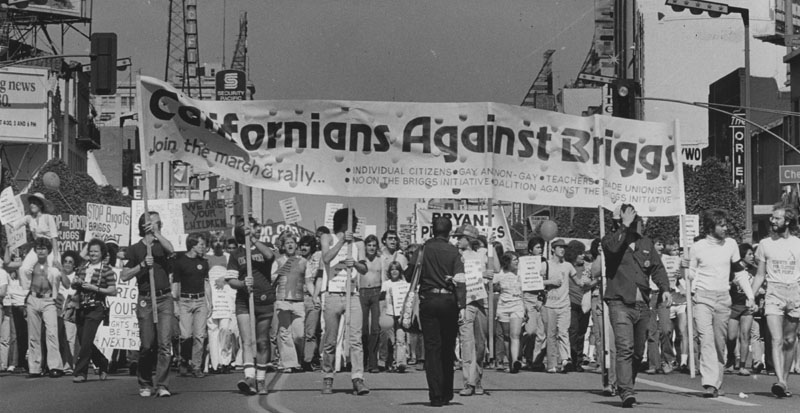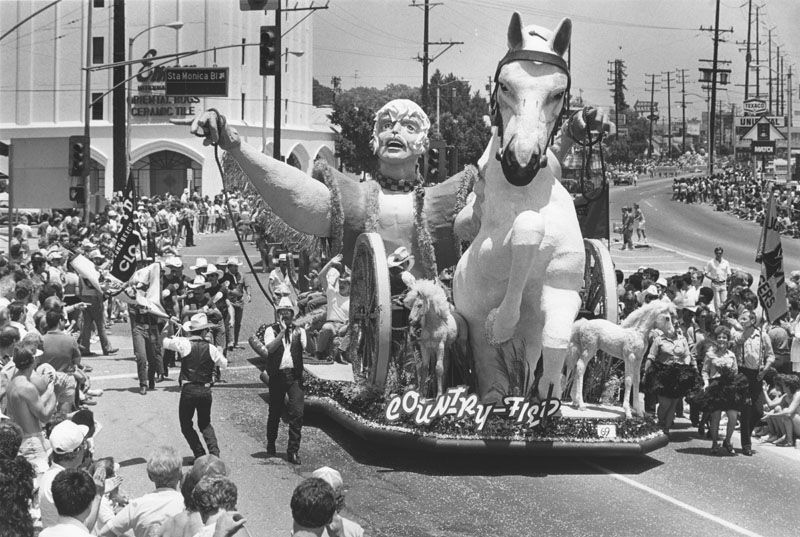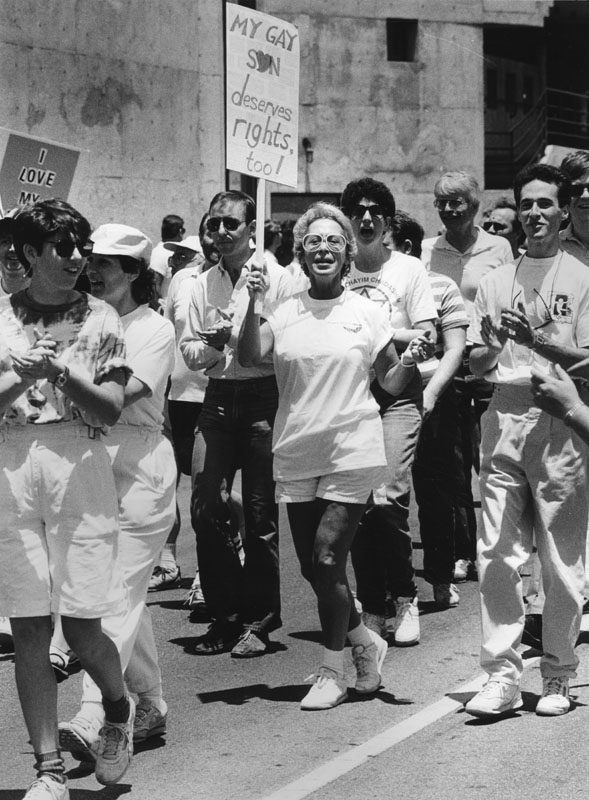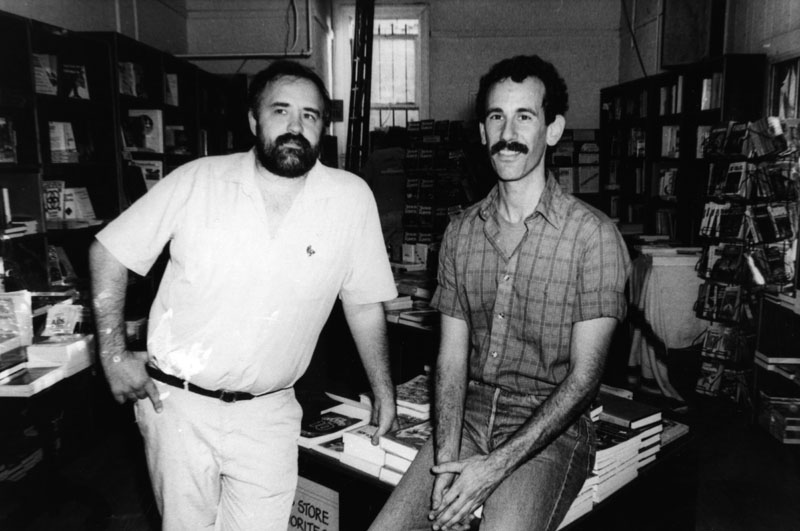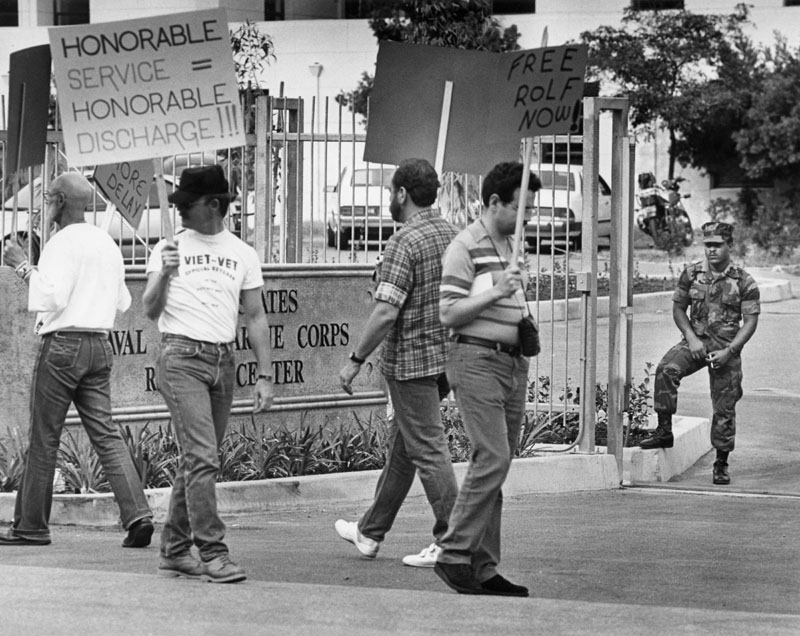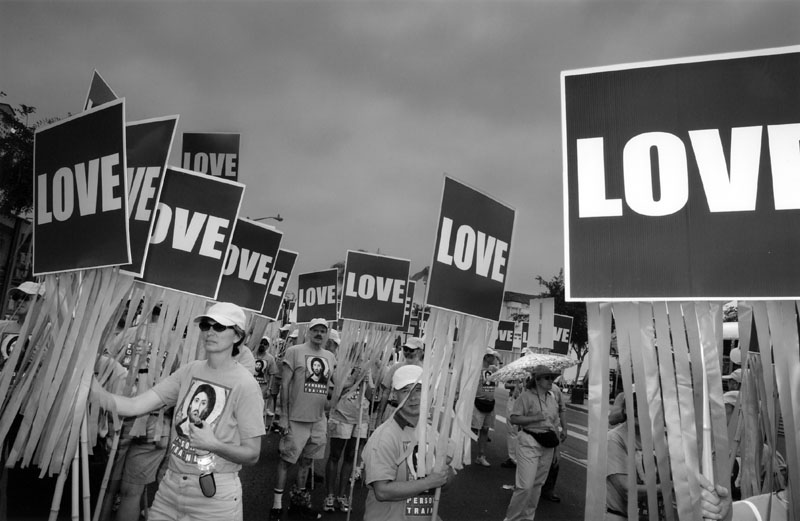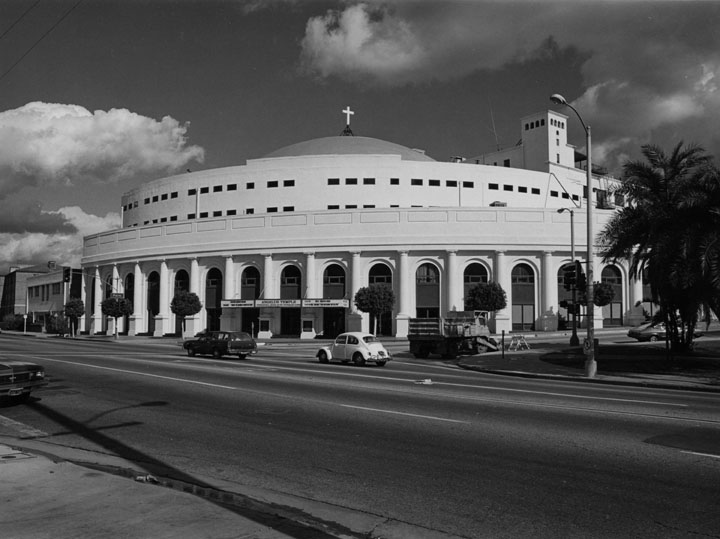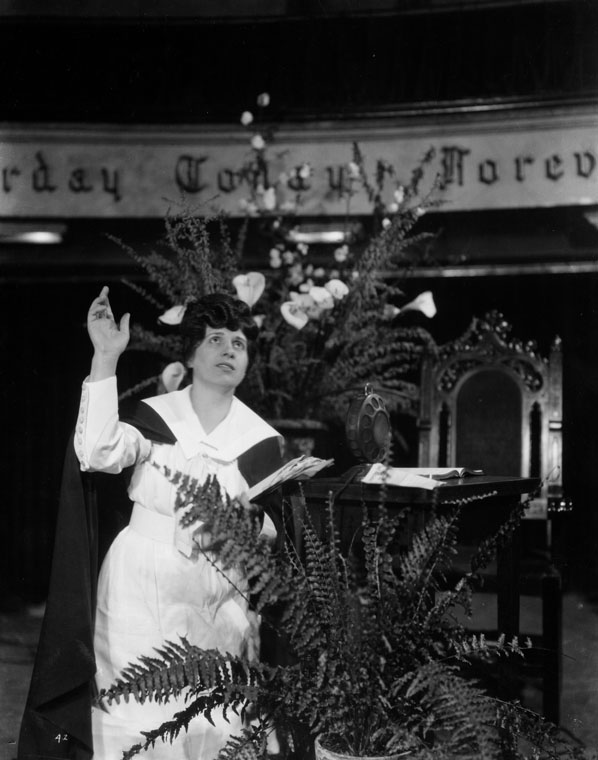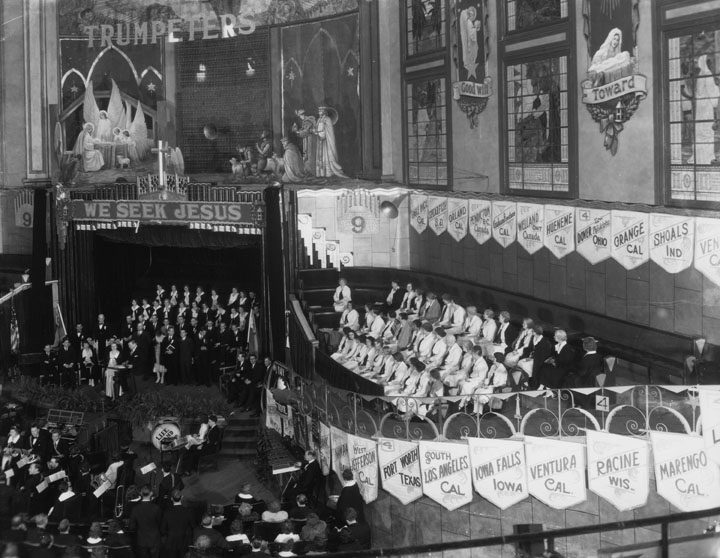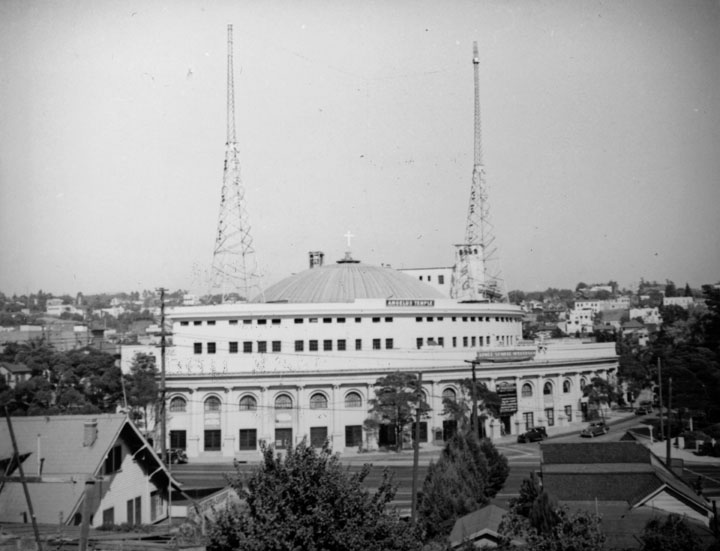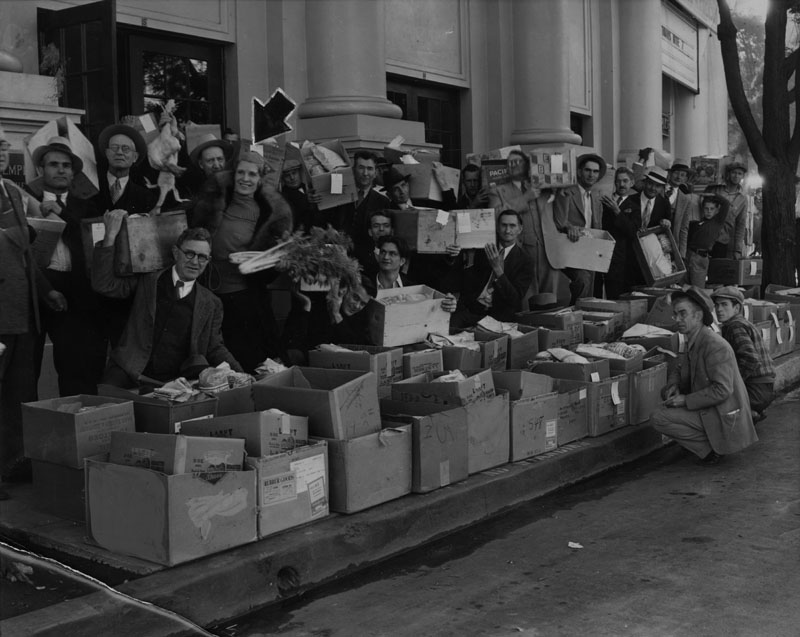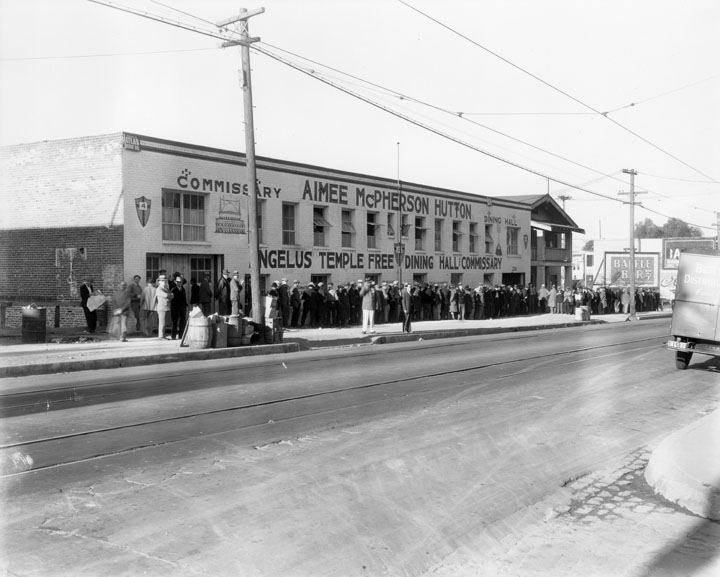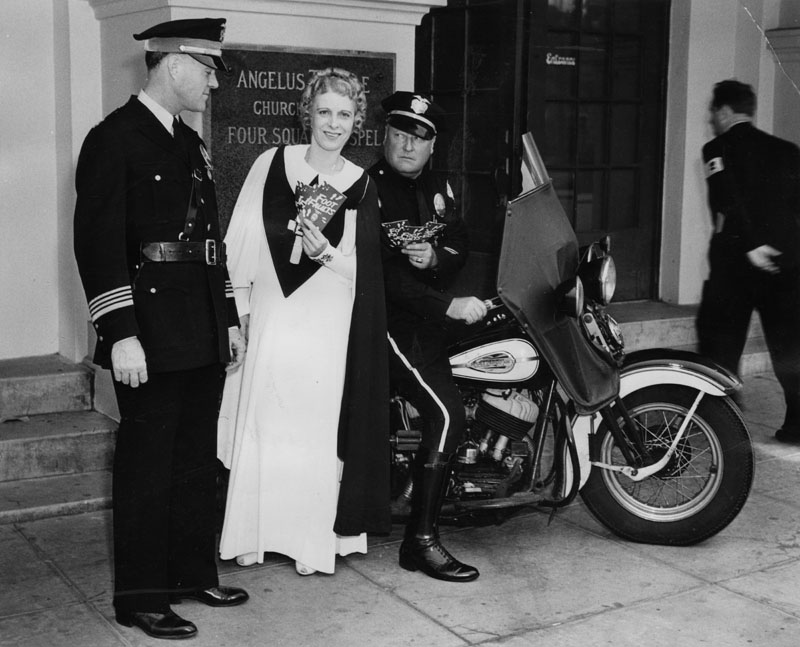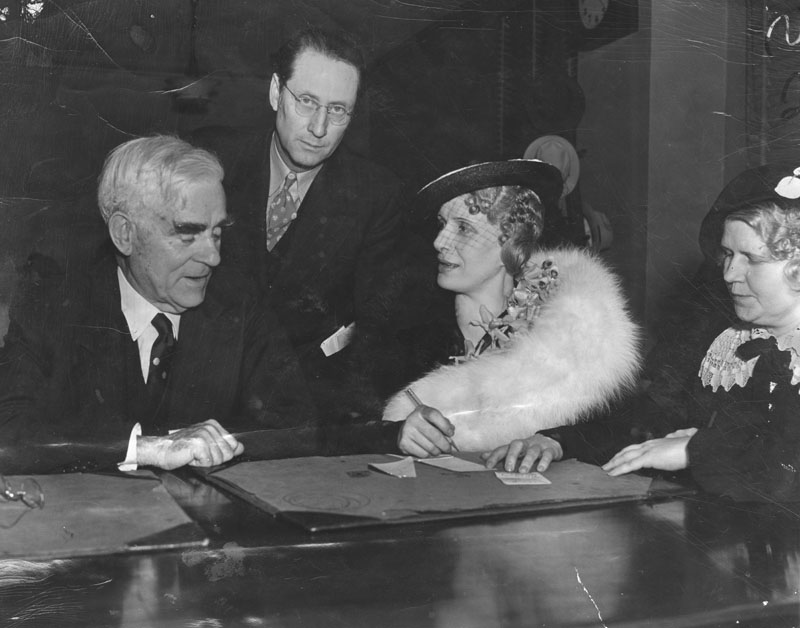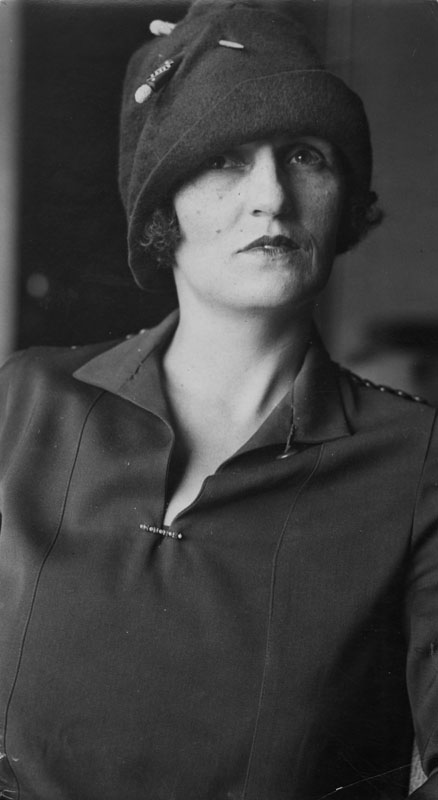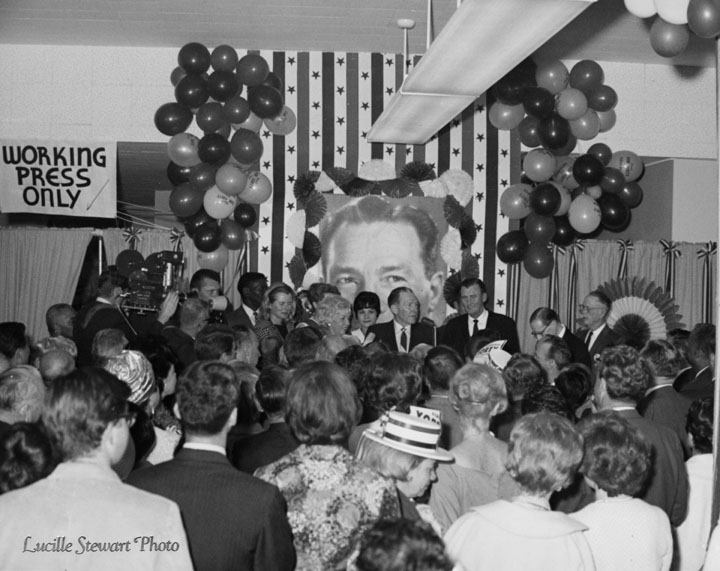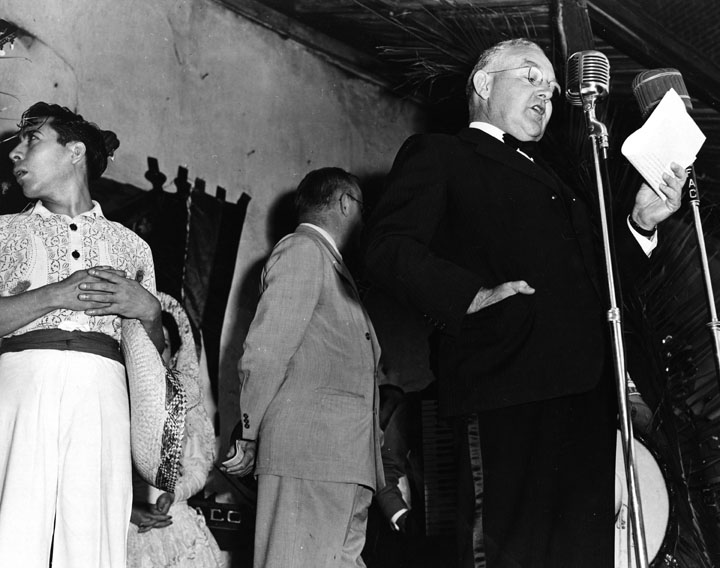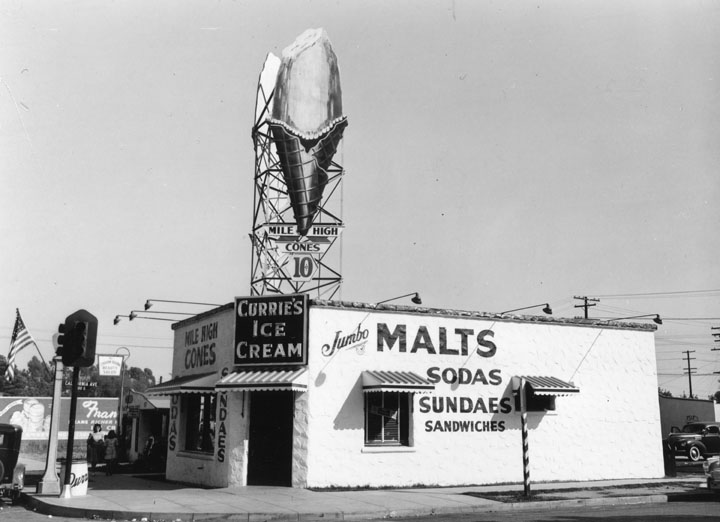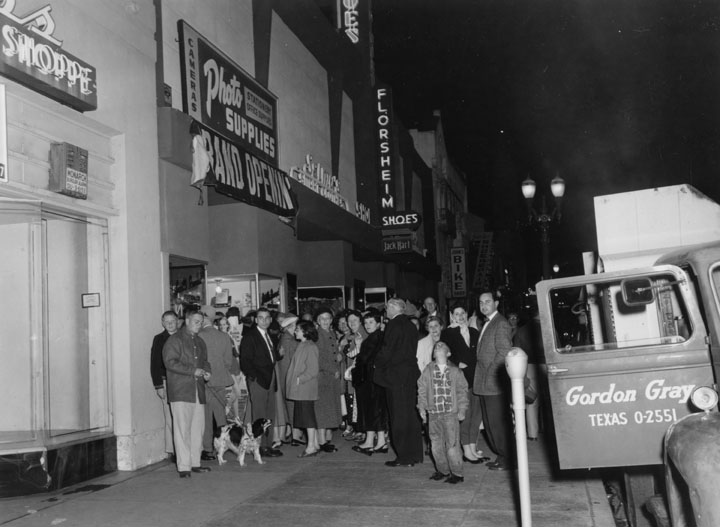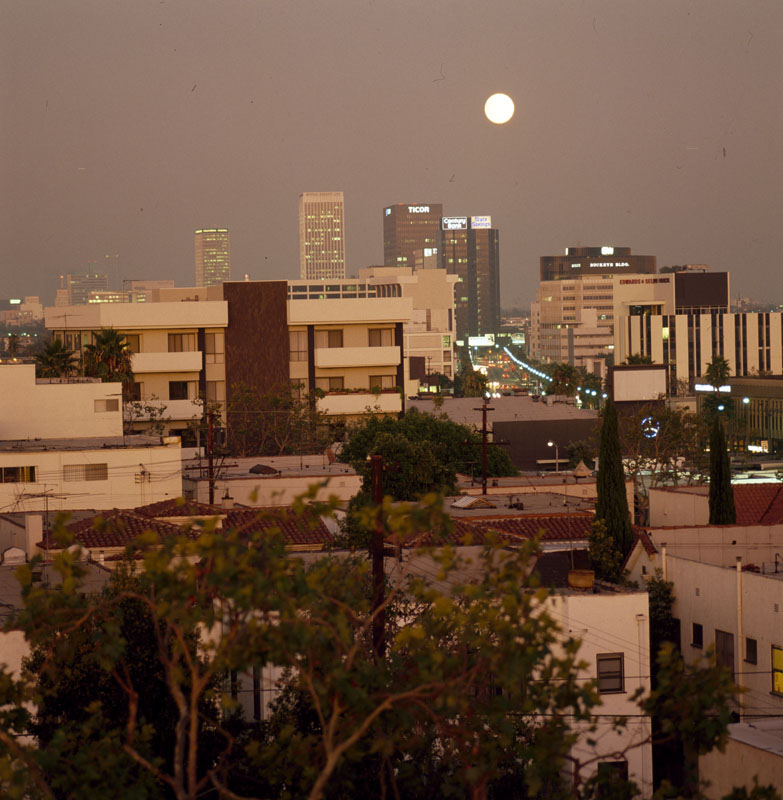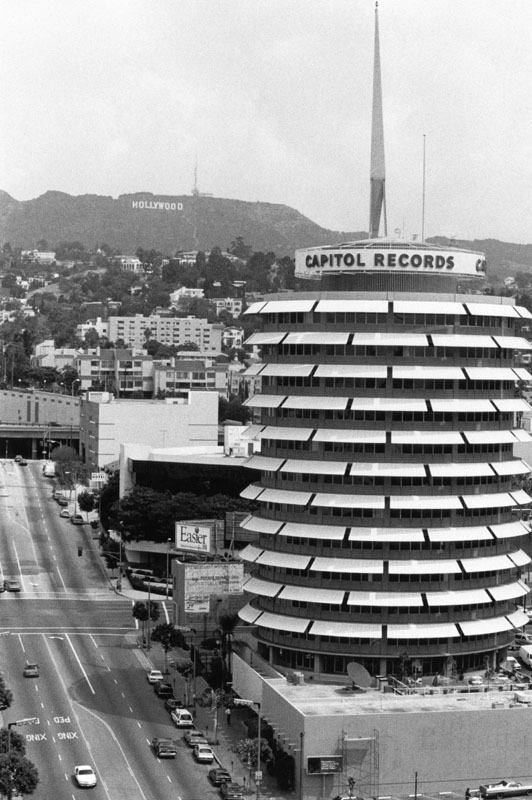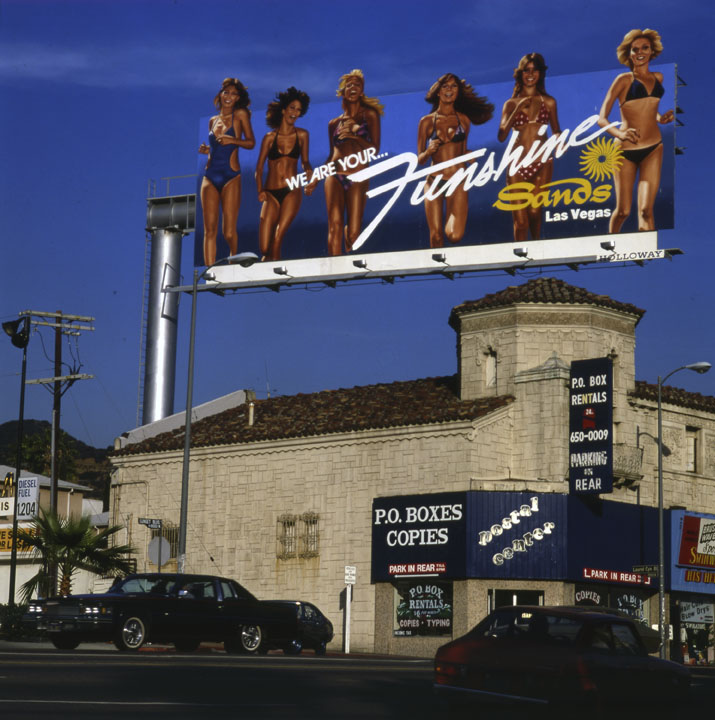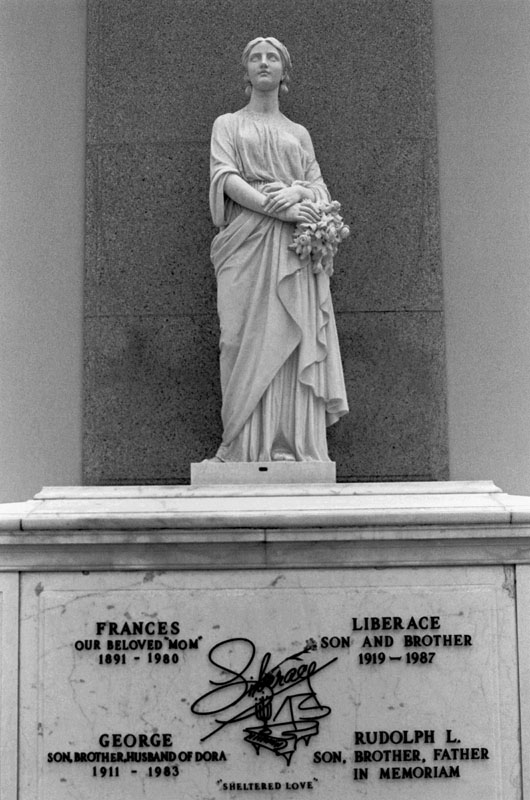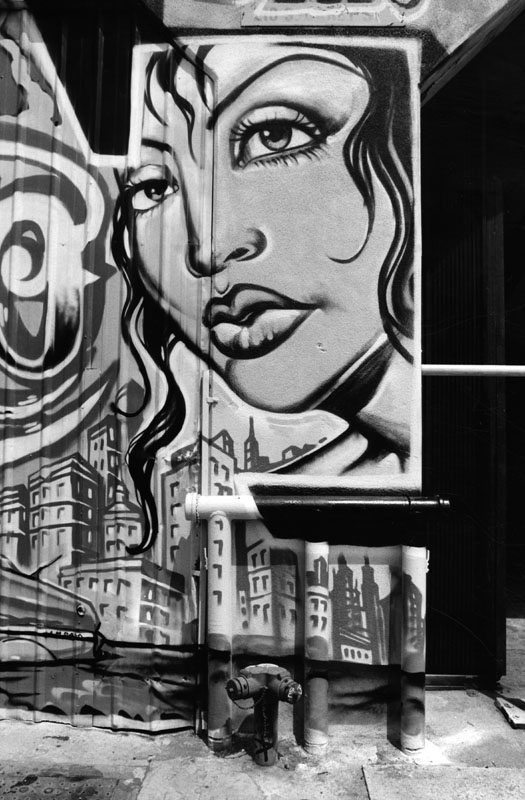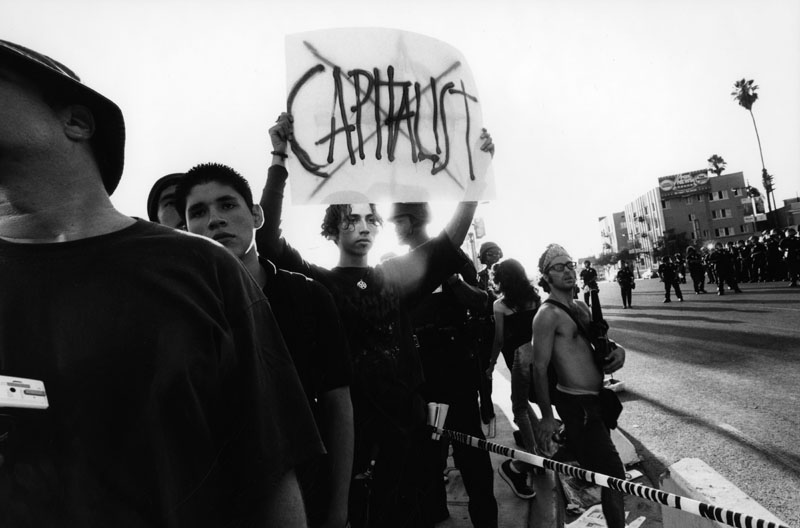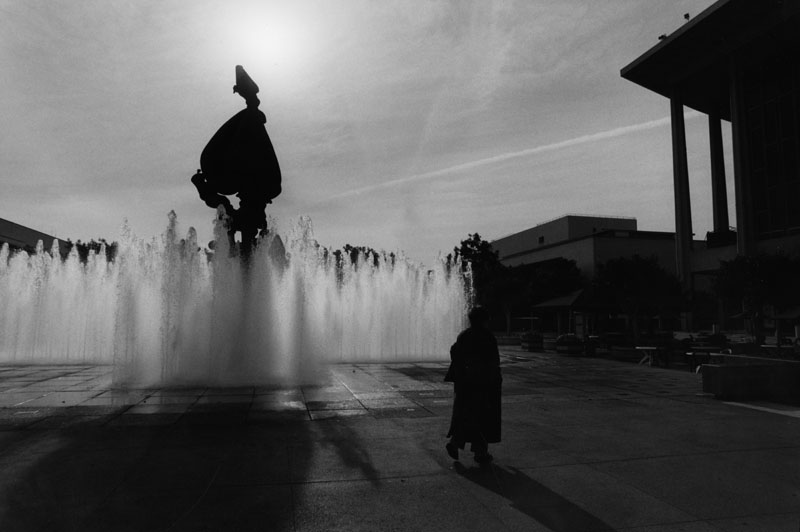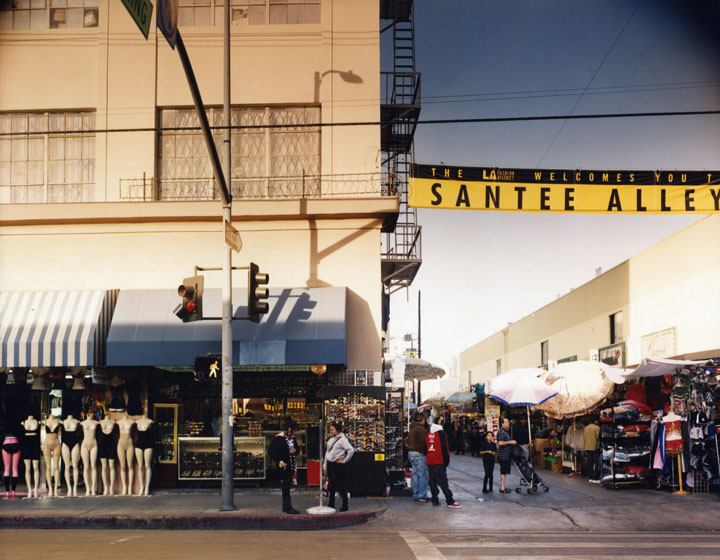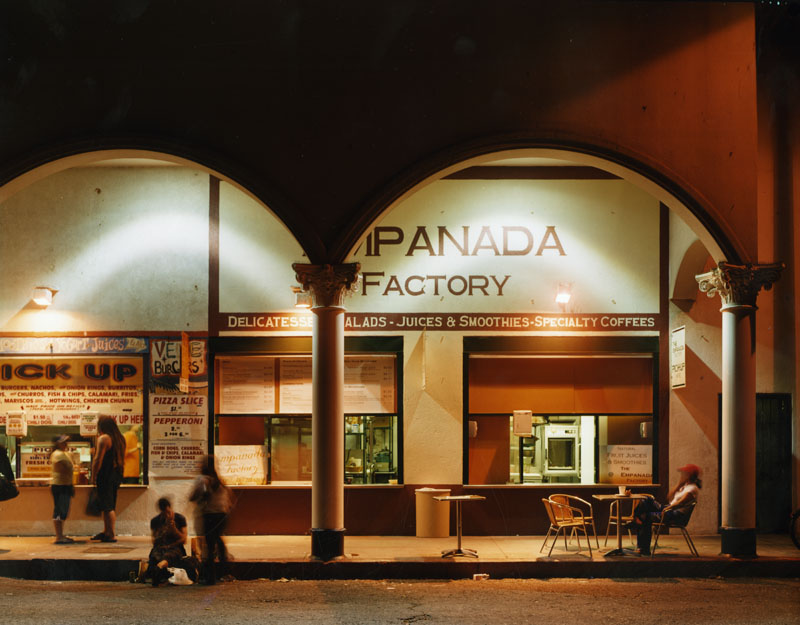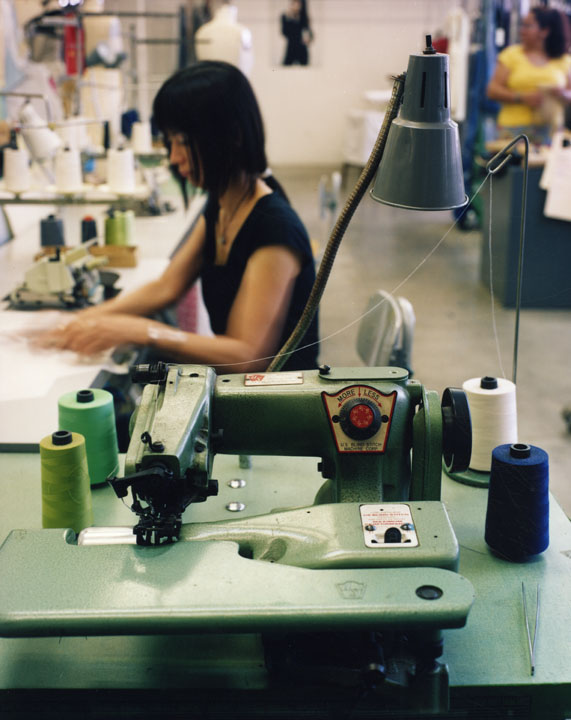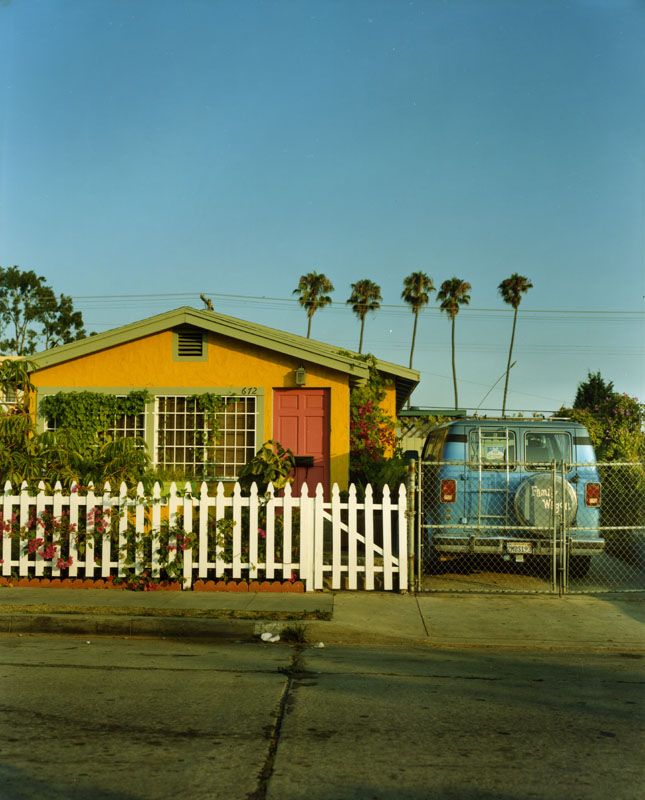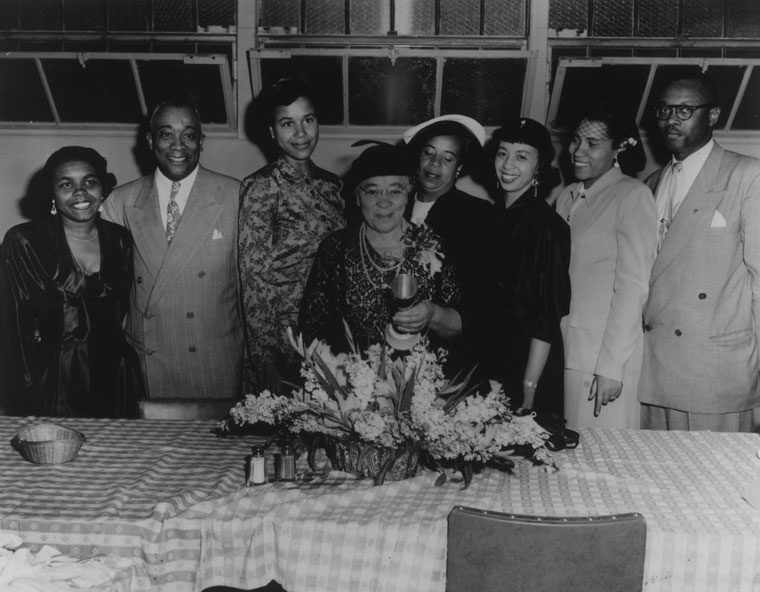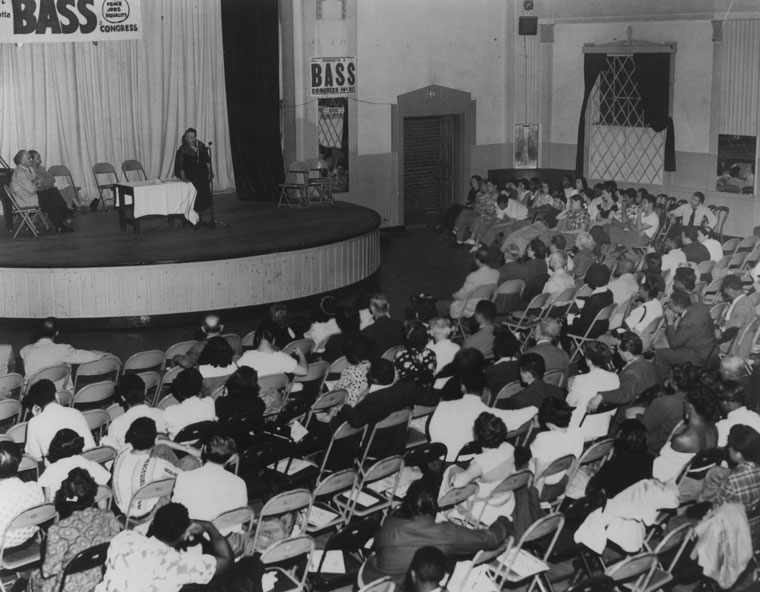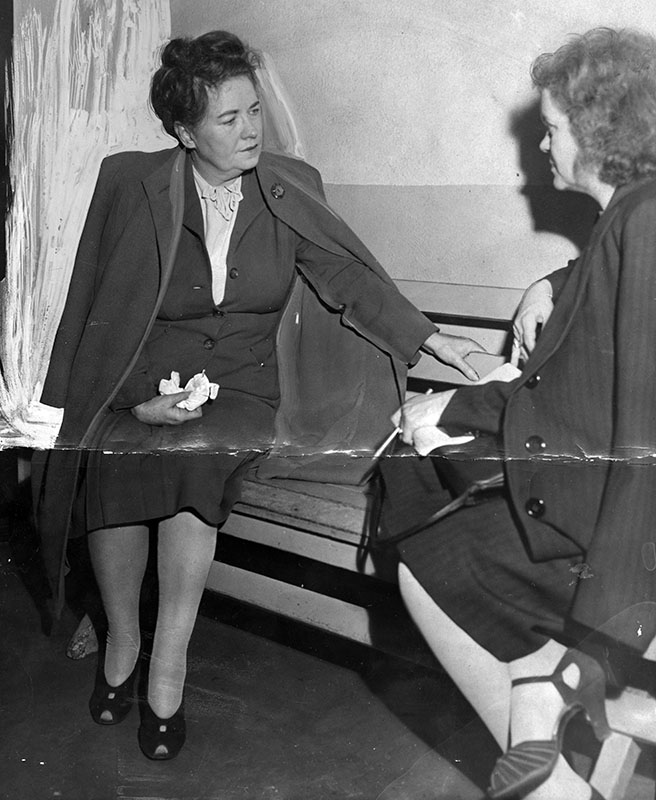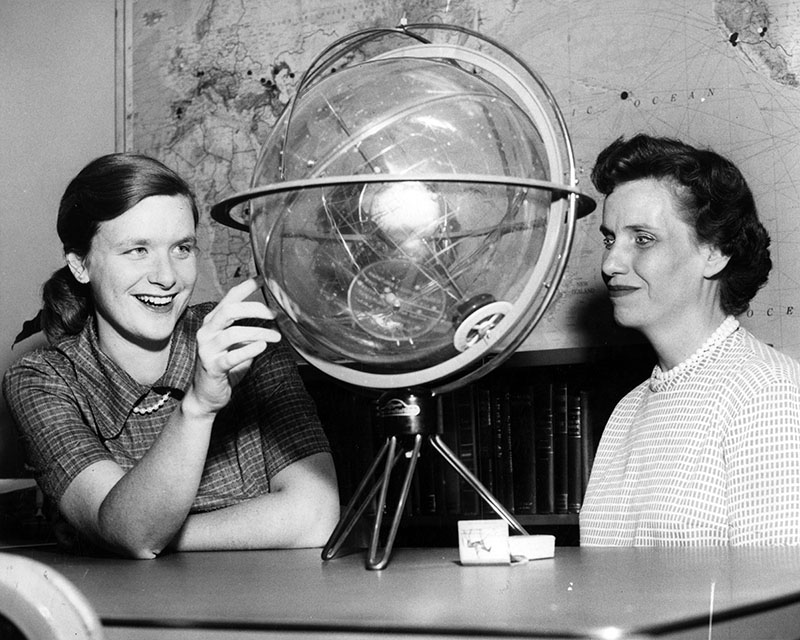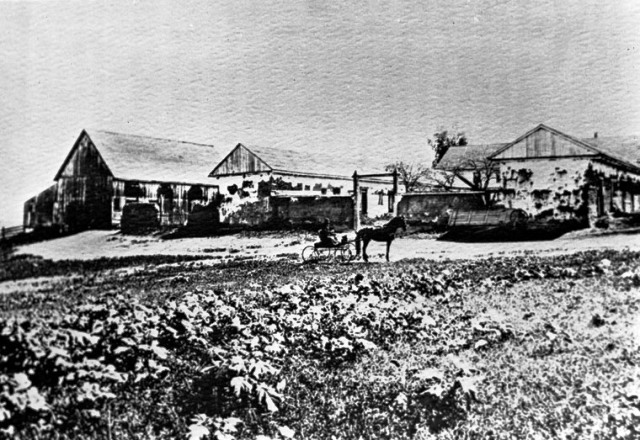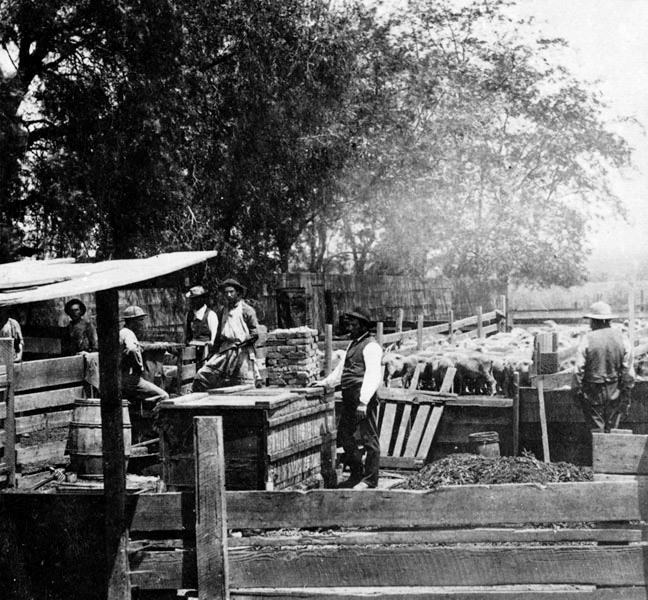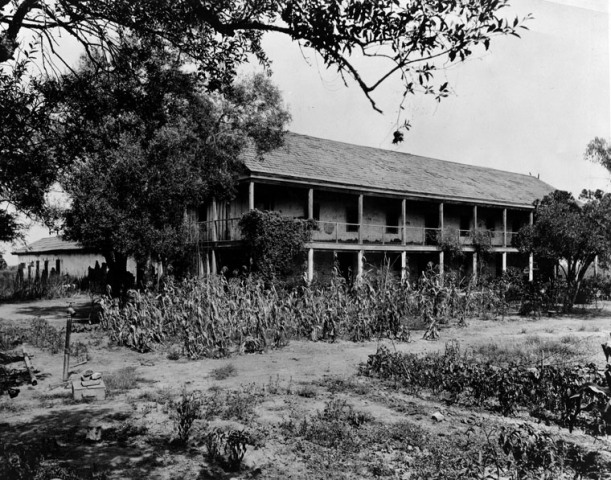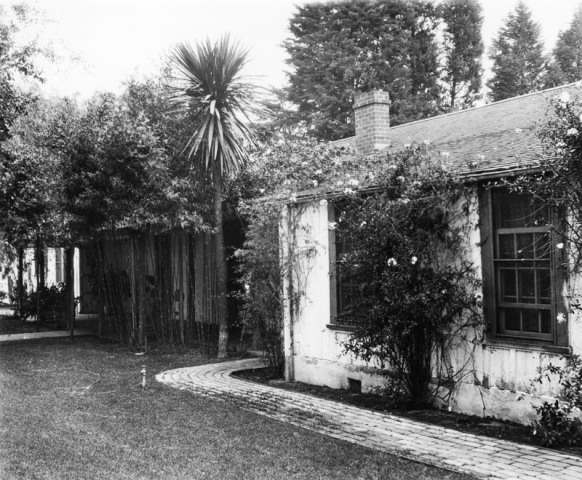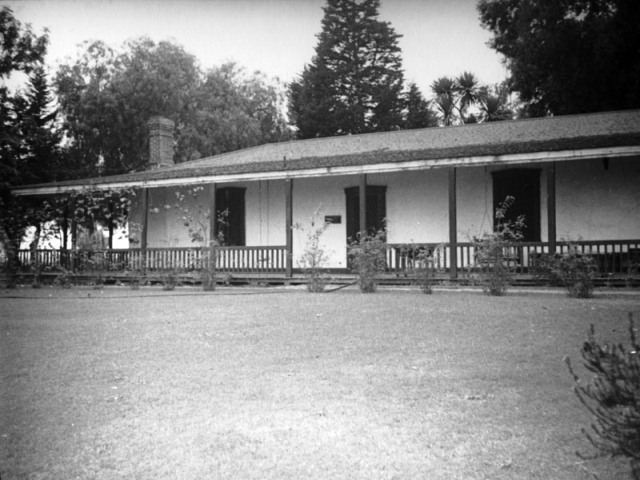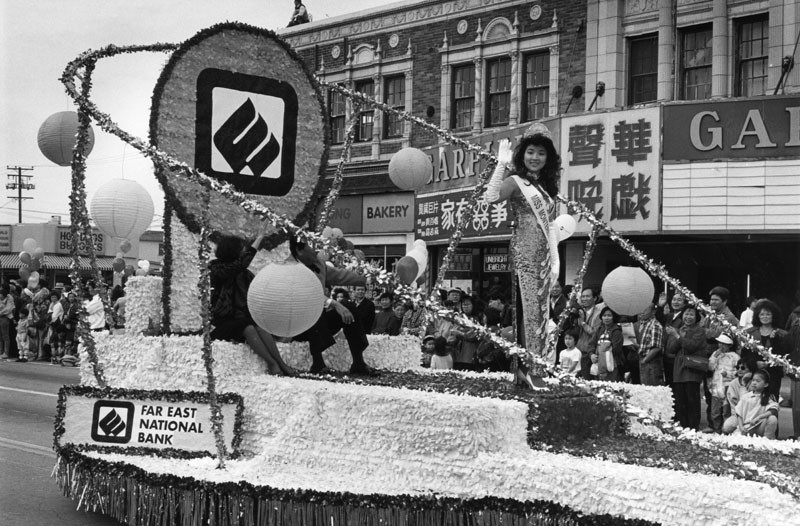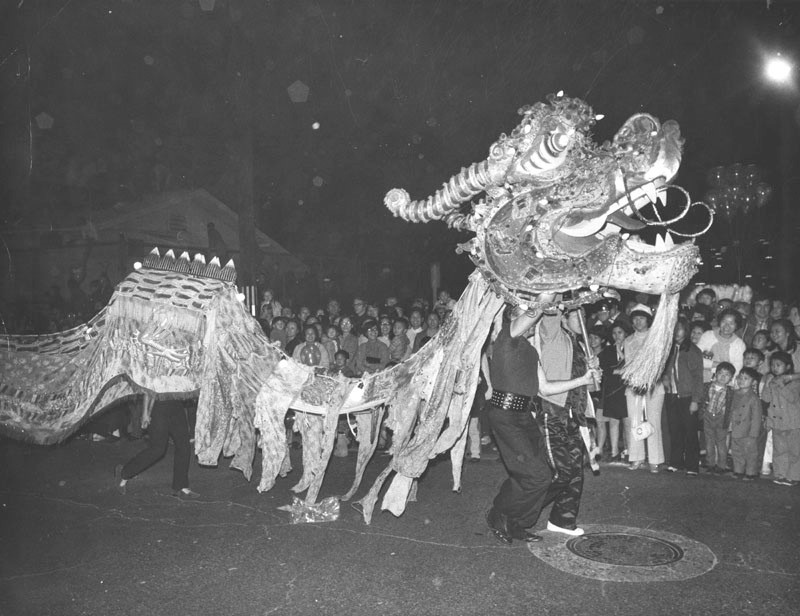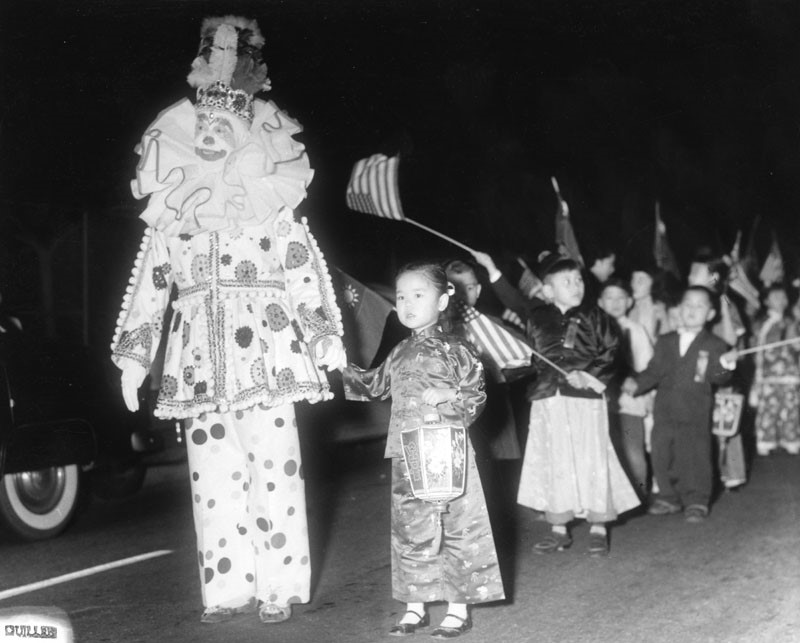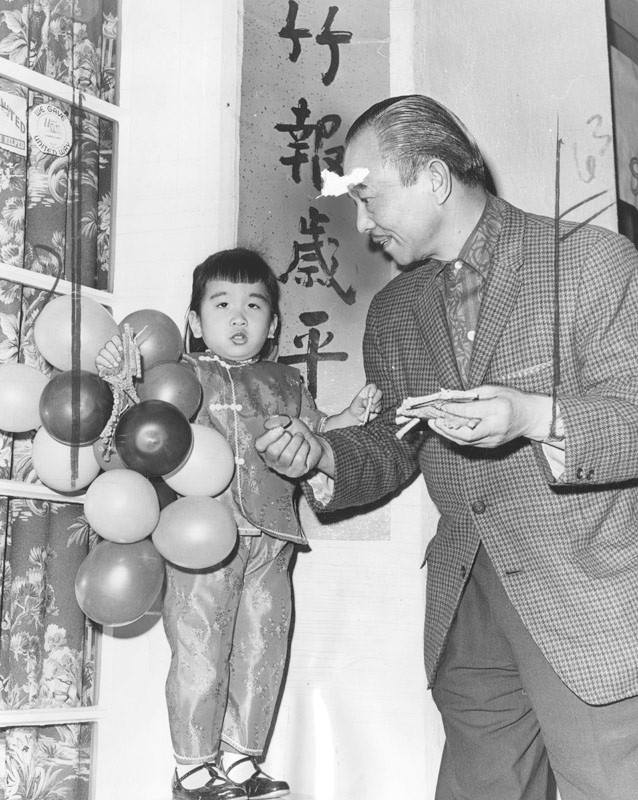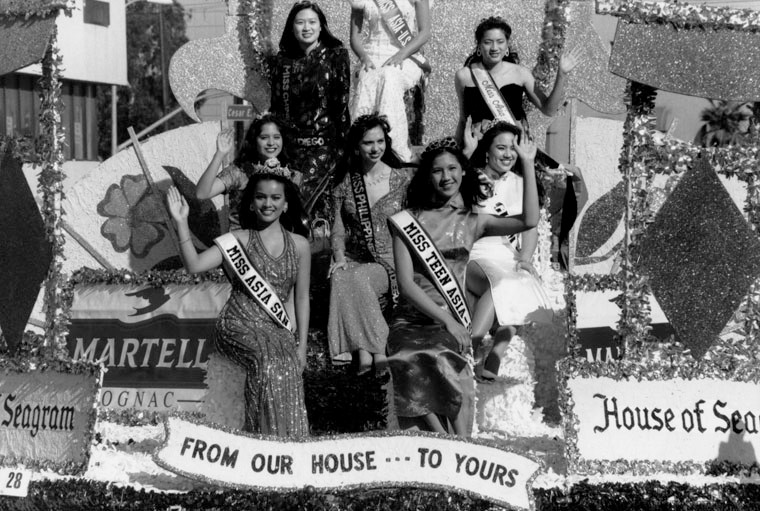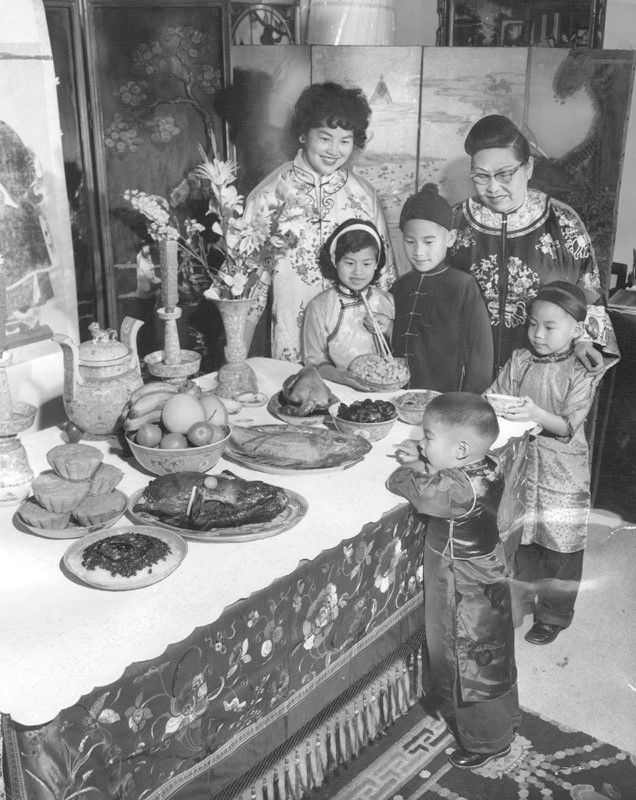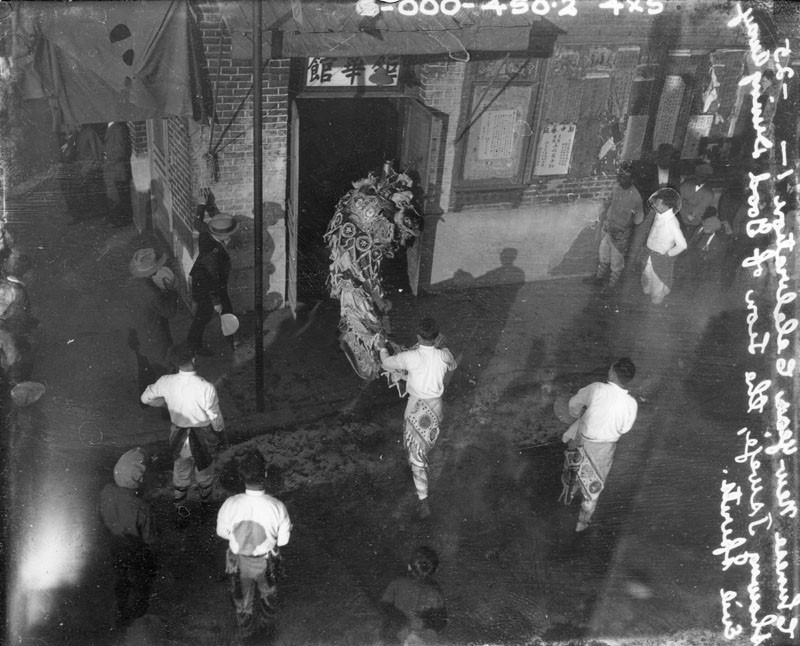October is Filipino American History Month (also known as Filipino American Heritage Month). The Filipino American National Historical Society (FANHS) has been observing October as Filipino American History Month since 1991, with California officially recognizing the month in 2006 when the California Department of Education placed it on its celebrations calendar. Filipino American History Month was established to commemorate the first documented landing (over 425 years ago) of Filipinos in what is now the continental United States. The photo archive of the Los Angeles Public Library has an extensive collection of images documenting the rich history and influence of Filipino Americans in Los Angeles.
Members and friends of Kilusan ng Progresibong Kabataan (Organization of Progressive Youth) attend the East-West Community Partnership Forum held at Castelar Elementary School in Chinatown.
Shades of L.A.: Filipino American Community,
photograph taken in September, 1996.
Monty Manibog was the first Filipino American attorney to pass the bar and practice law in Southern California. He was also the first Filipino American to serve as councilman and mayor of Monterey Park, holding office from 1976 to 1988.
Herald-Examiner Collection, photographed by Paul Chinn, May 22, 1988.
Barbara Gaerlan (Assistant Director of UCLA Center for Southeast Asian Studies, pictured at right) interviews Dr. Virginia Agbayani (Professor Emeritus, Department of Fine Arts, University of the Philippines) at an event held at the Filipino American Library of Los Angeles.
Shades of L.A.: Filipino American Community, photograph taken in 1996.
Members of the Philippine American Annak Ti Batac of Southern California enjoy their annual picnic at the Long Beach Naval Station. Annak Ti Batac translates as “Children of Batac”, Batac being a city (the hometown of former President Ferdinand Marcos) in Ilocos Norte, a province in the northern tip of the Ilocos Region in Luzon, the largest and most populous island in the Philippines.
Shades of L.A.: Filipino American Community, photograph taken in 1994.
Filipino American Roman Gabriel (Number 18) was the starting quarterback for the Los Angeles Rams for eleven seasons beginning in the mid-1960s. He was named the NFL Most Valuable Player in 1969 by the AP (Associated Press) and NEA (National Education Association) and also 1969 Player of the Year by the UPI (United Press International).
Herald-Examiner Collection, photographed by James Roark in 1969.
Joseph Batugos and other prominent members of the Filipino American community in Los Angeles hold a reception for Earl Carroll, president and cofounder of the Philippine American Life and General Insurance Company (Philam Life). Interned in Santo Tomas Prison Camp in Manila from 1942-1945, Carroll was awarded the United States Medal of Freedom for services rendered to American and allied nationals during World War II. He resided in the Philippines for 33 years.
Valley Times Collection, photographed by George Brich on January 20, 1964.
Valley Times Collection, photographed by George Brich on January 20, 1964.
A Christmas play is held at a Filipino Christian Church in Los Angeles.
Shades of L.A.: Filipino American Community, photographed in 1955.
Campers gather around picnic tables at Camp Throne, a summer camp (located in San Dimas) of the Filipino Christian Church.
Shades of L.A.: Filipino American Community, photographed in 1955.
Delegates attend the 23rd Annual National Convention of the Filipino Federation of America Inc. at the Moncado Mansion in the West Adams district of Los Angeles. The banner in the background partially reads “Welcome General Moncado, Guest of Honor.” Hilario Camino Moncada, a political activist and mystic, founded the Filipino Federation of America on December 27, 1925, and remained its President until his death in 1956.
Shades of L.A.: Filipino American Community, photographed on December 28, 1948.
The first annual banquet of the Caballeros de Dimas-Alang, Inc. in Southern California was held at the Ambassador Hotel in Los Angeles. The Caballeros de Dimas-Alang is a Filipino American fraternal organization which began in San Francisco in 1921.
Shades of L.A.: Filipino American Community, photographed on January 15, 1951.
Philippine National Day, also known as Independence Day or Day of Freedom, commemorates the Philippine Declaration of Independence from Spain on June 12, 1898. In this photo, a group of people stand behind a table covered with Filipino food during a National Day celebration held at CSU Dominguez Hills in Carson, California.
Shades of L.A.: Filipino American Community, photographed on June 12
(year unknown).
Friends head out for a dip in the Colorado Lagoon in Long Beach, California.
Shades of L.A.: Filipino American Community, photographed in 1945.
A group of first generation Filipino immigrants, all born and raised in the Philippines, pose for a photo in the Los Angeles Harbor area. One of the men, Romy Madrigal (top row, second from right) became President of the Filipino American Community of Los Angeles. All the men spoke the same common dialect of Cebu and worked in fish canneries located on Terminal Island.
Shades of L.A.: Filipino American Community, photographed in 1935.
Reverend Casiano Coloma (seated on the far right), minister of the Filipino Christian Church, poses with friends on a bench outside the Los Angeles Public Library.
Shades of L.A.: Filipino American Community, photographed in 1930.

